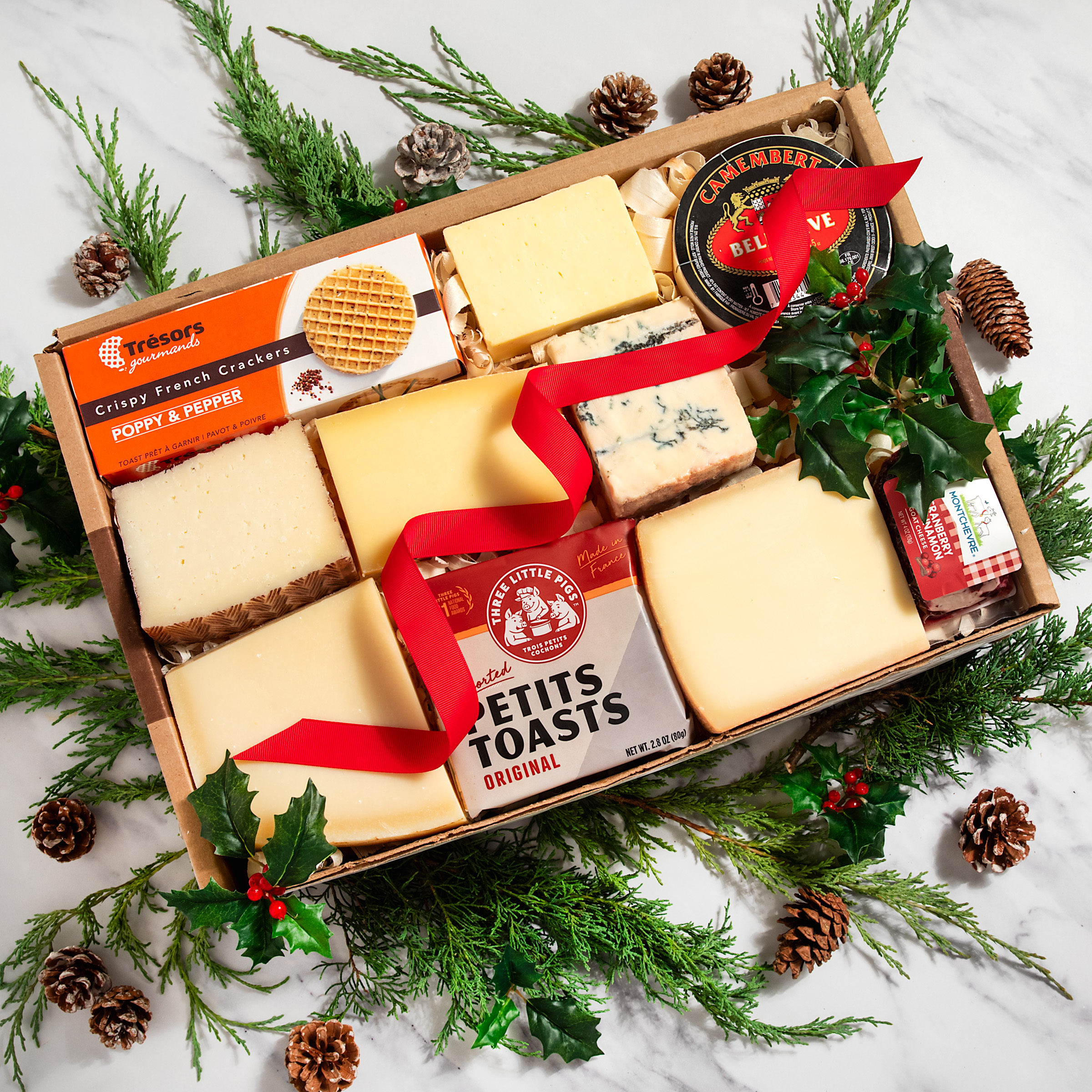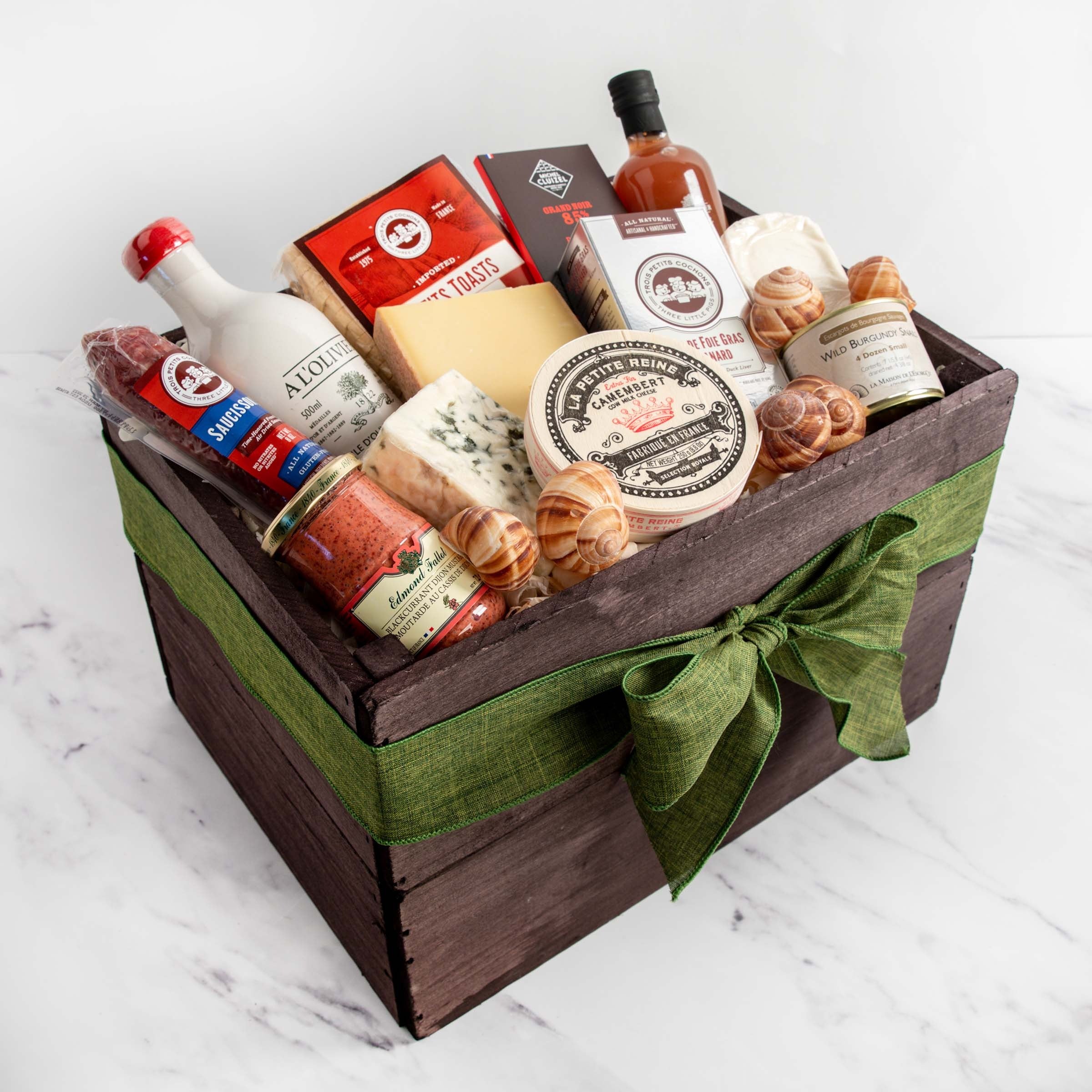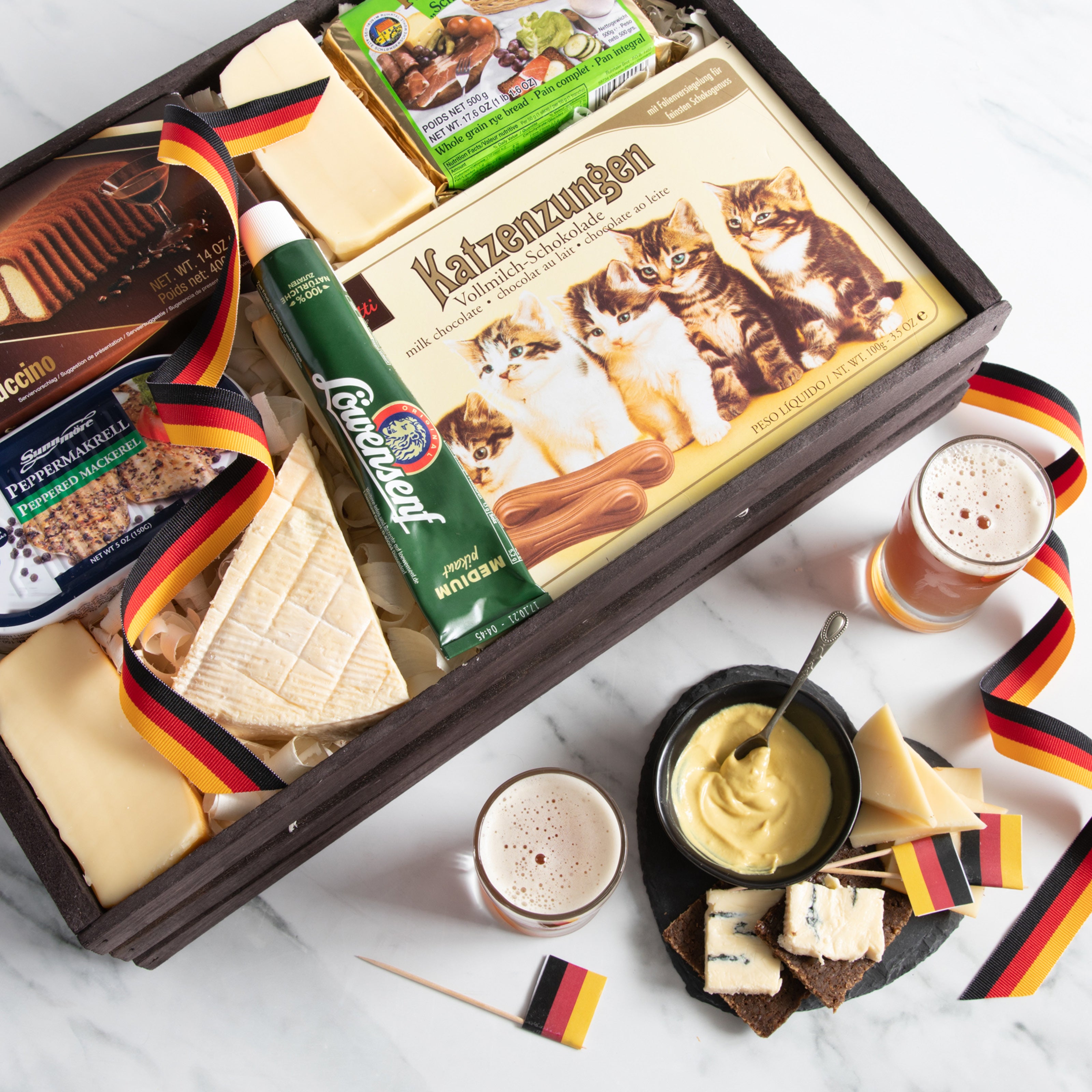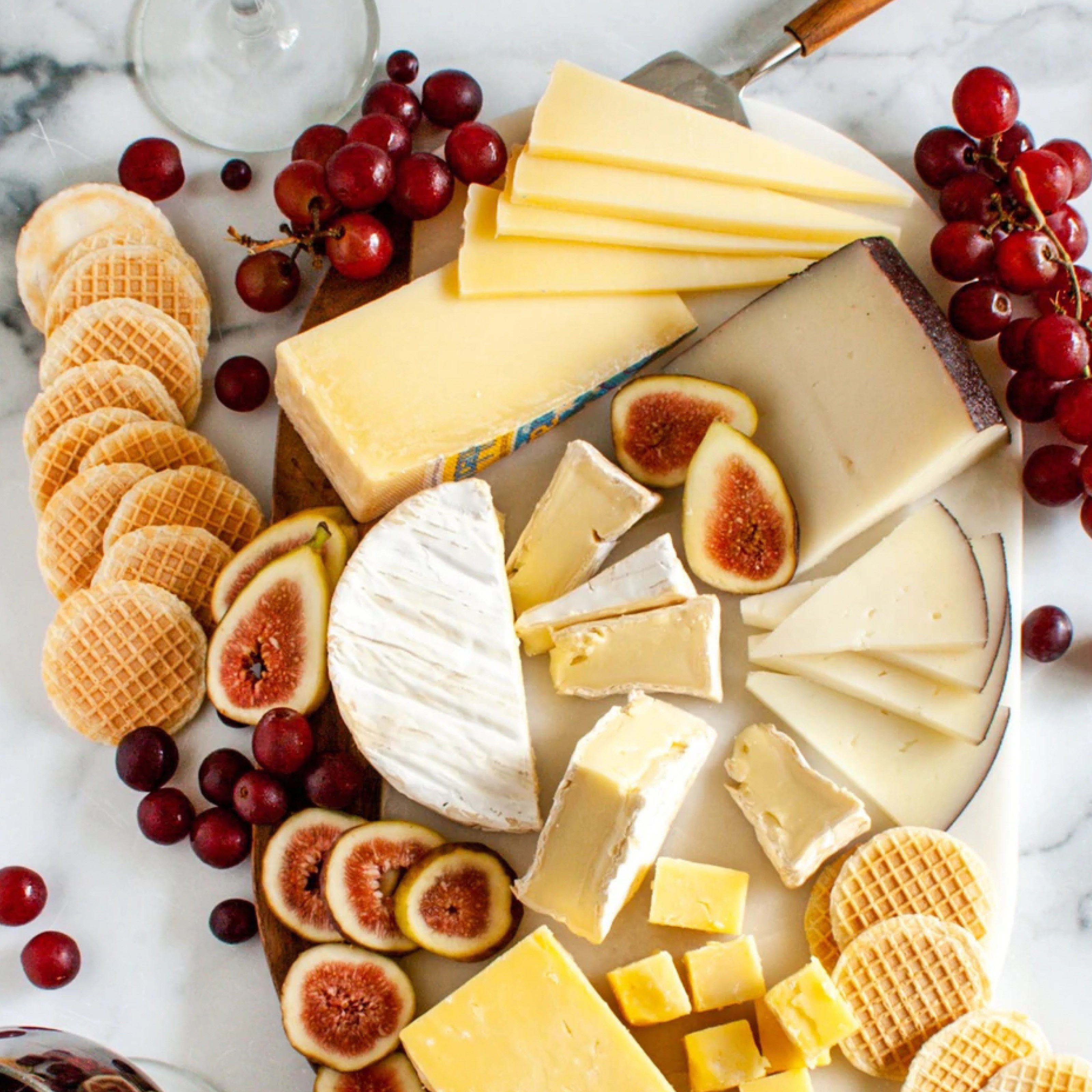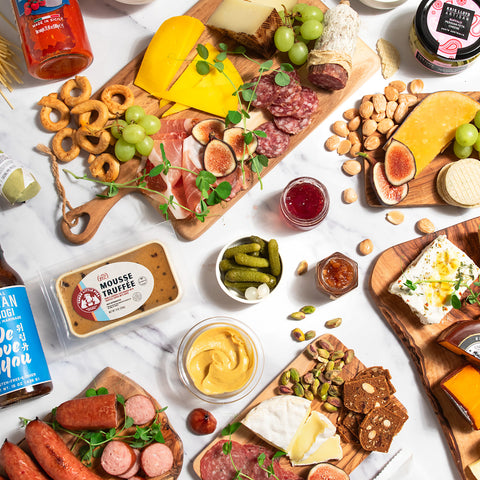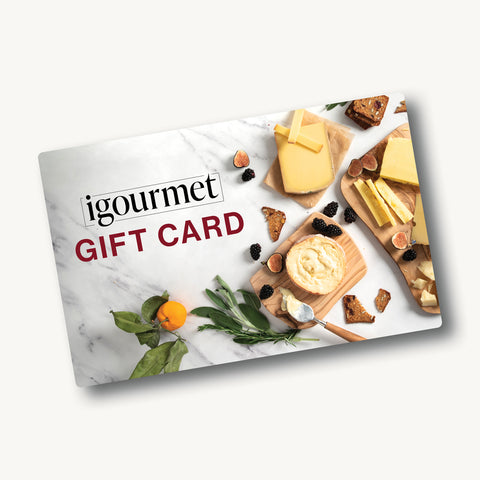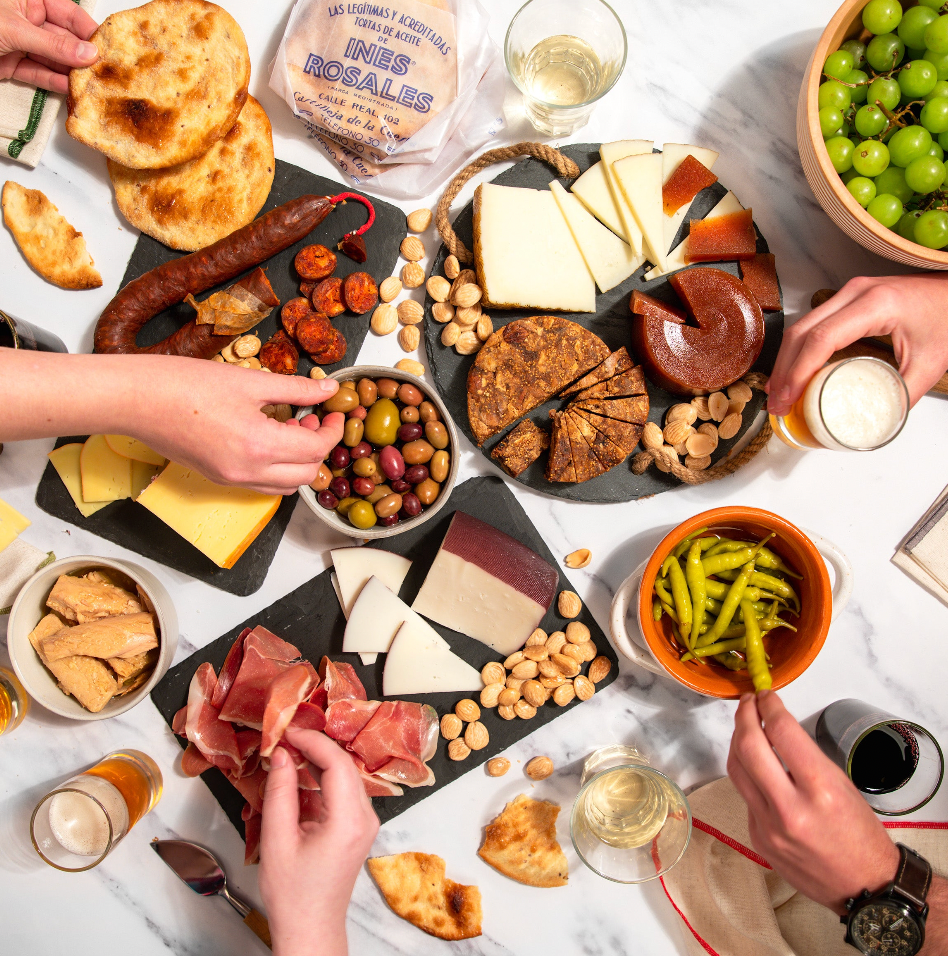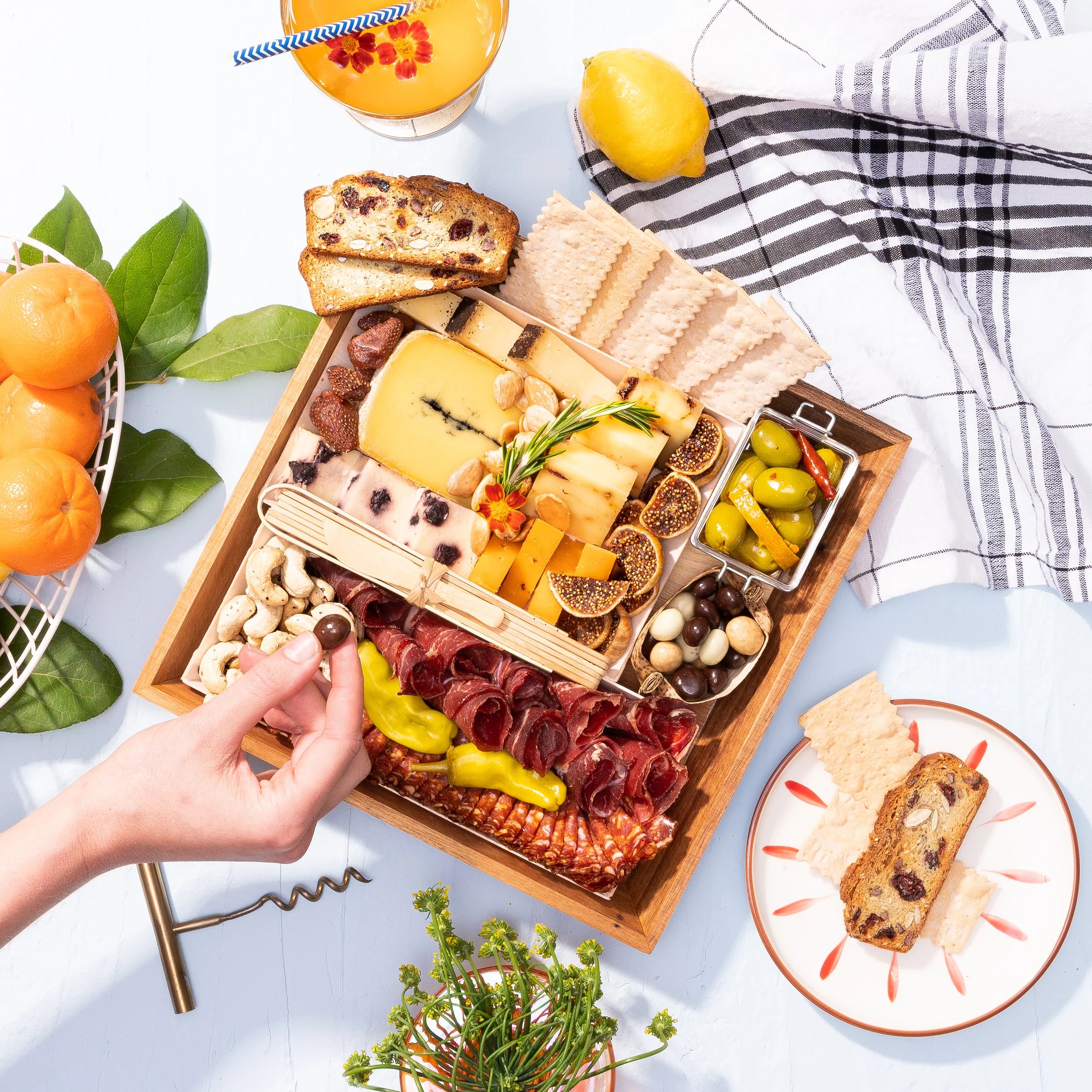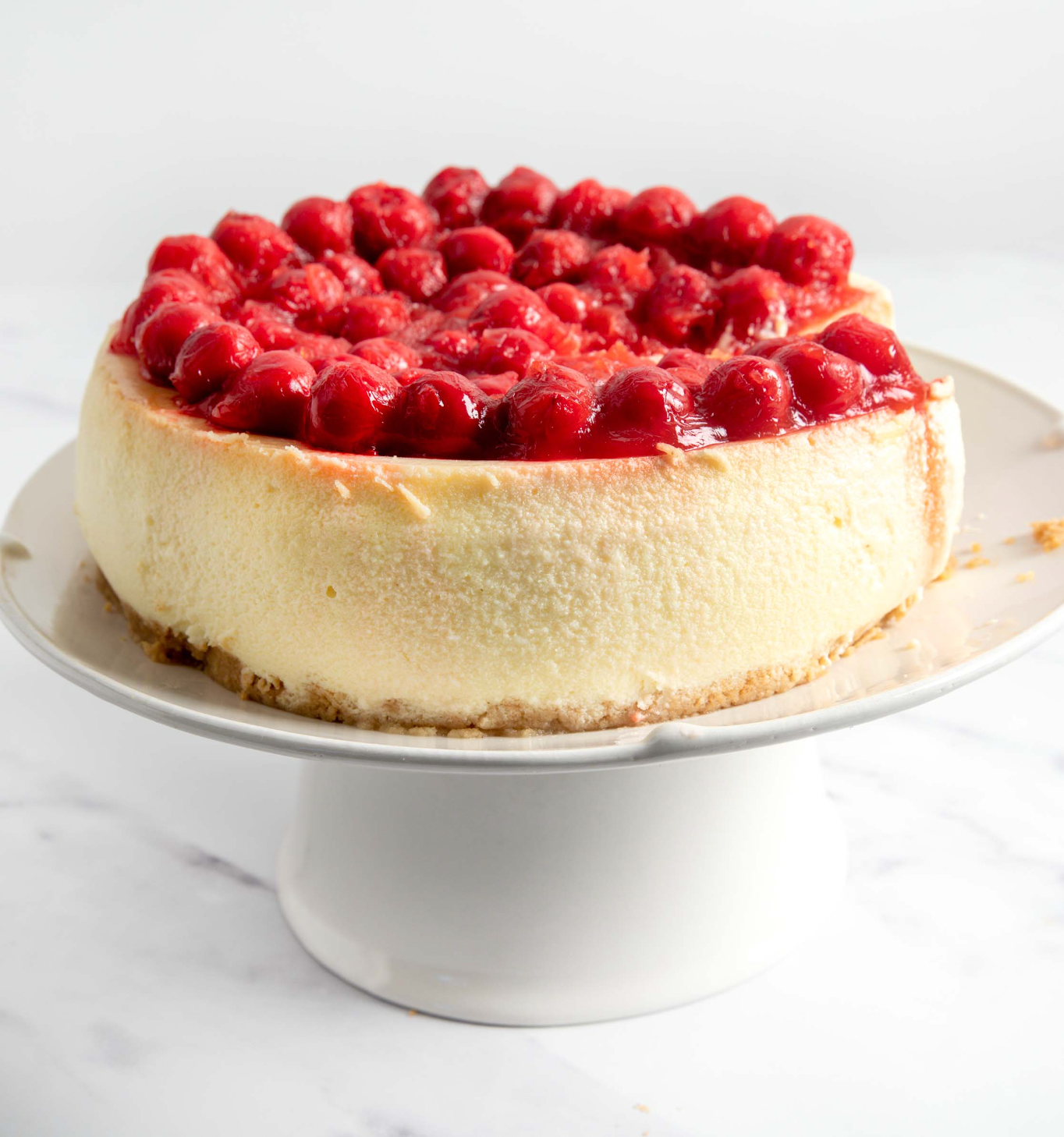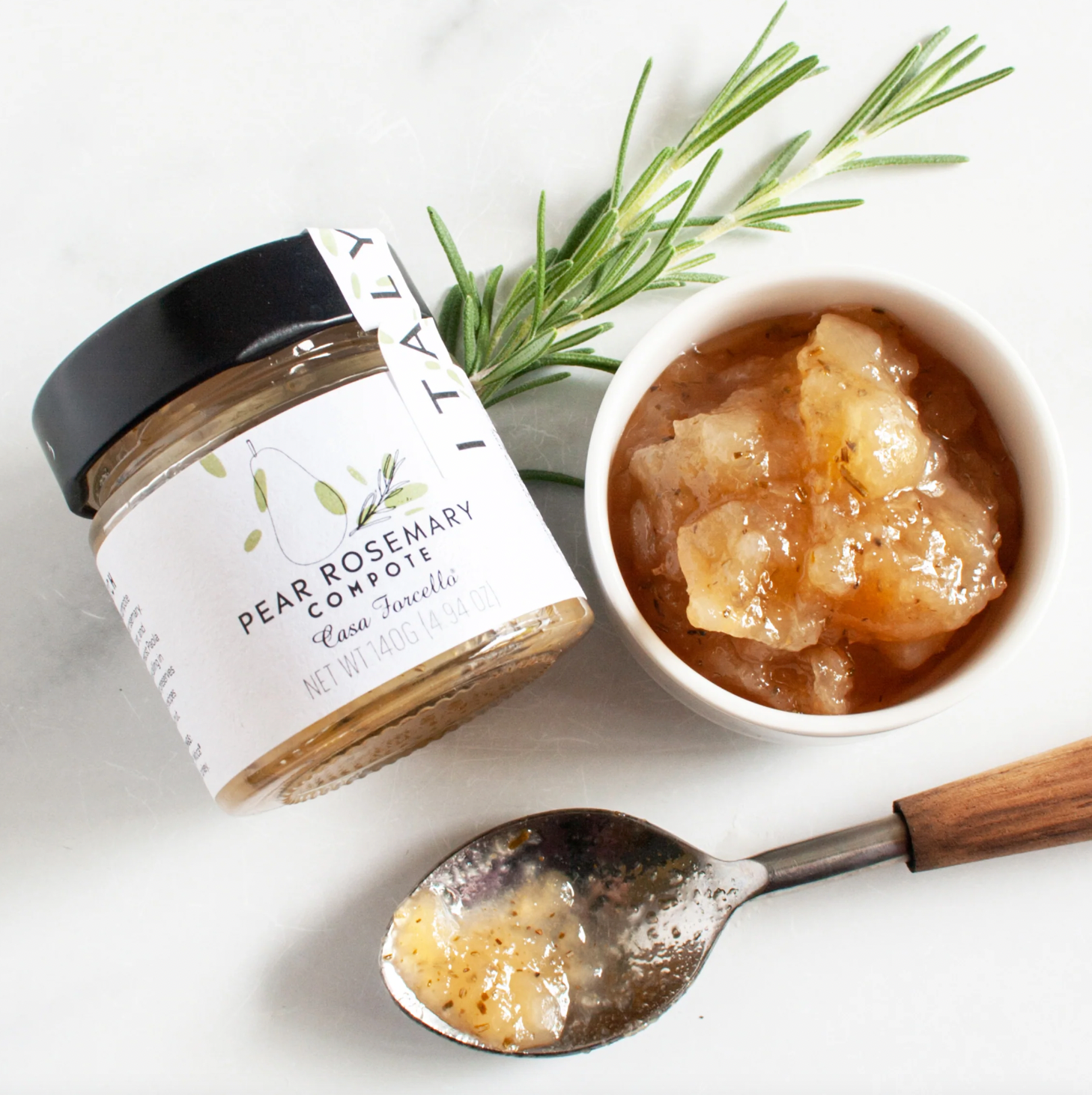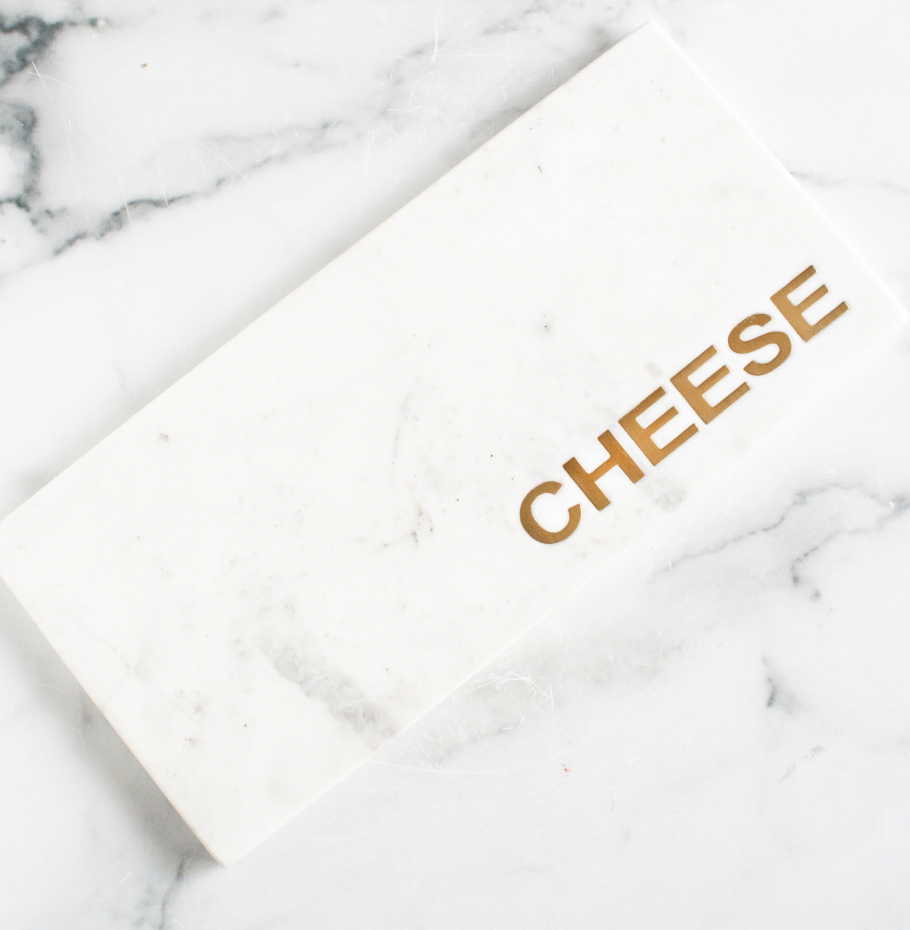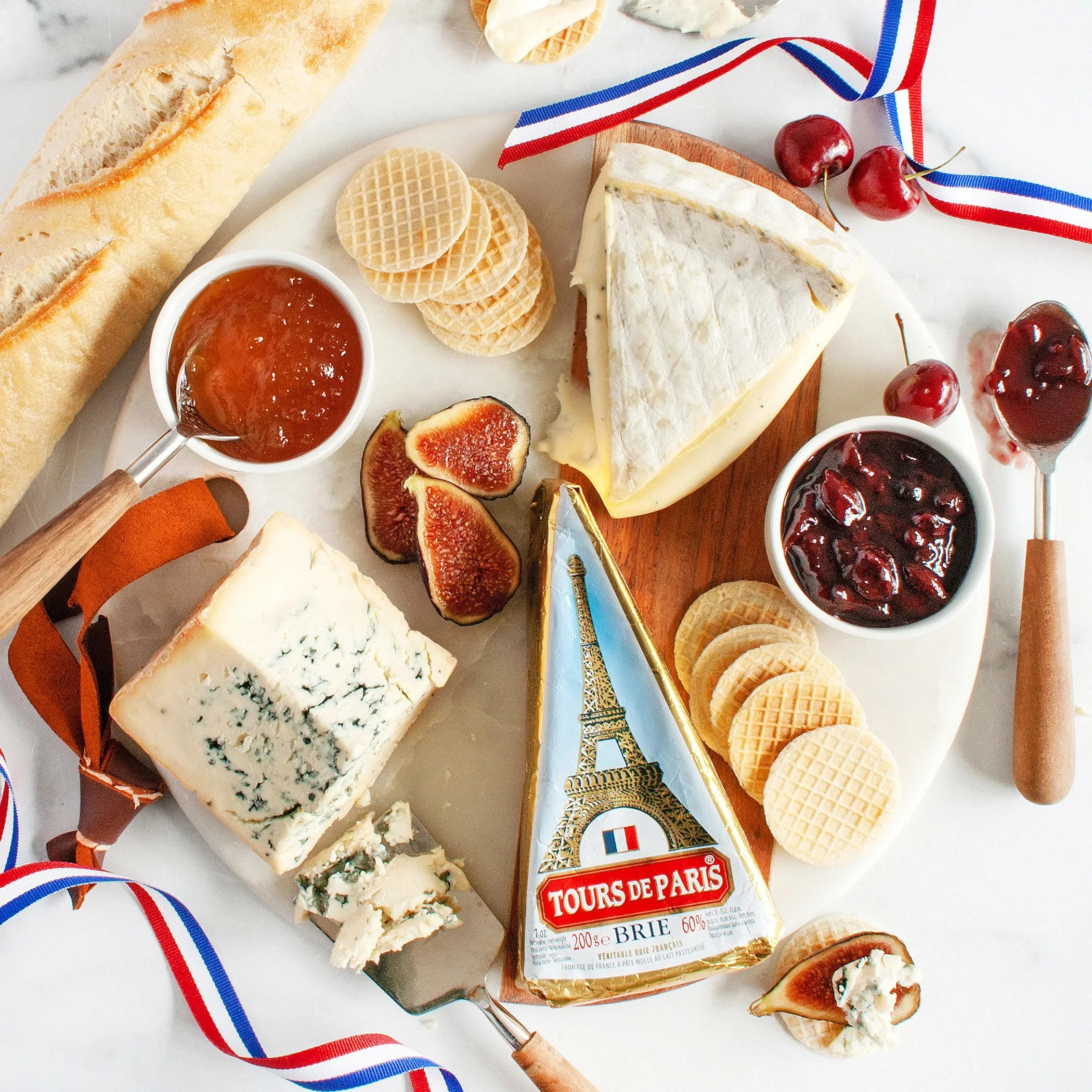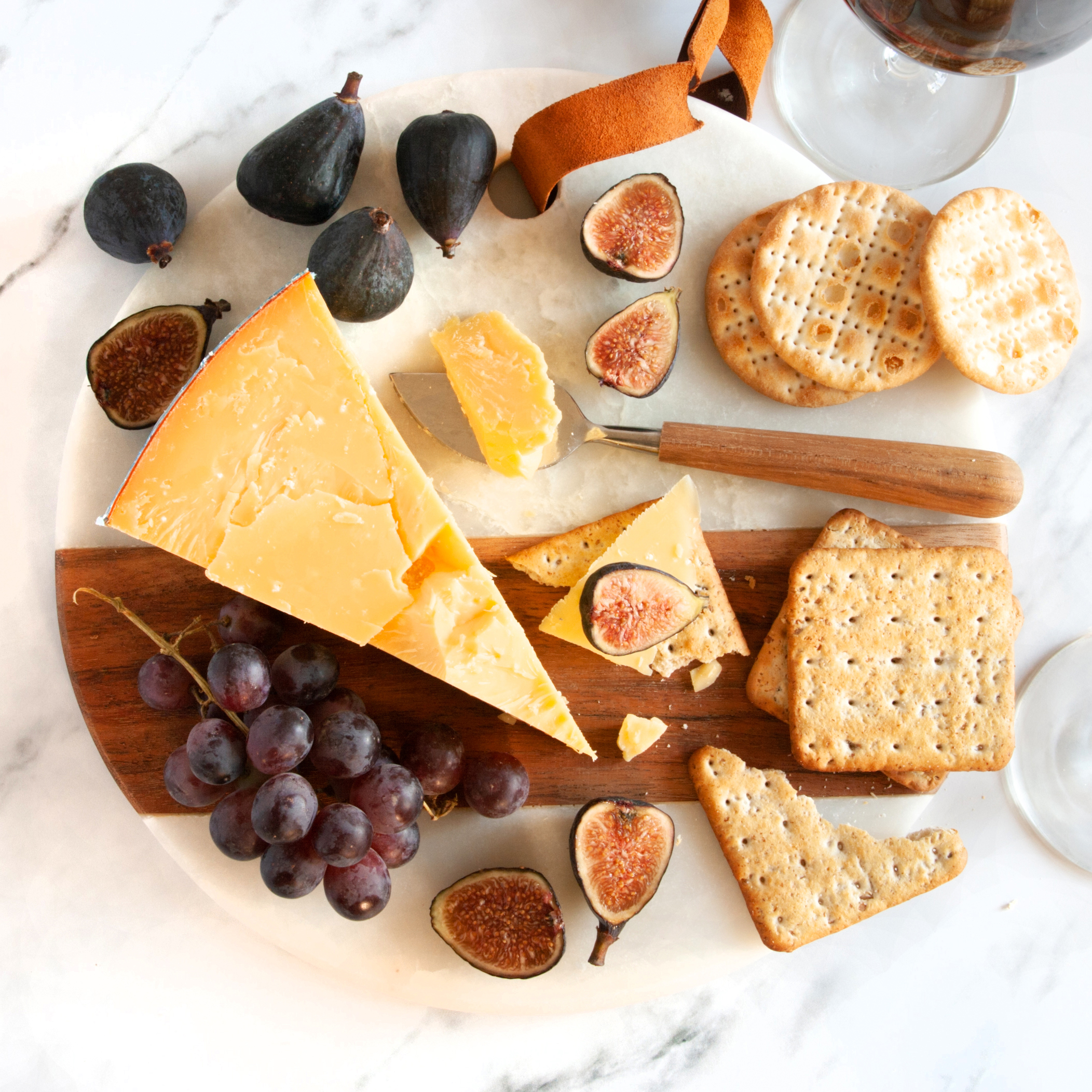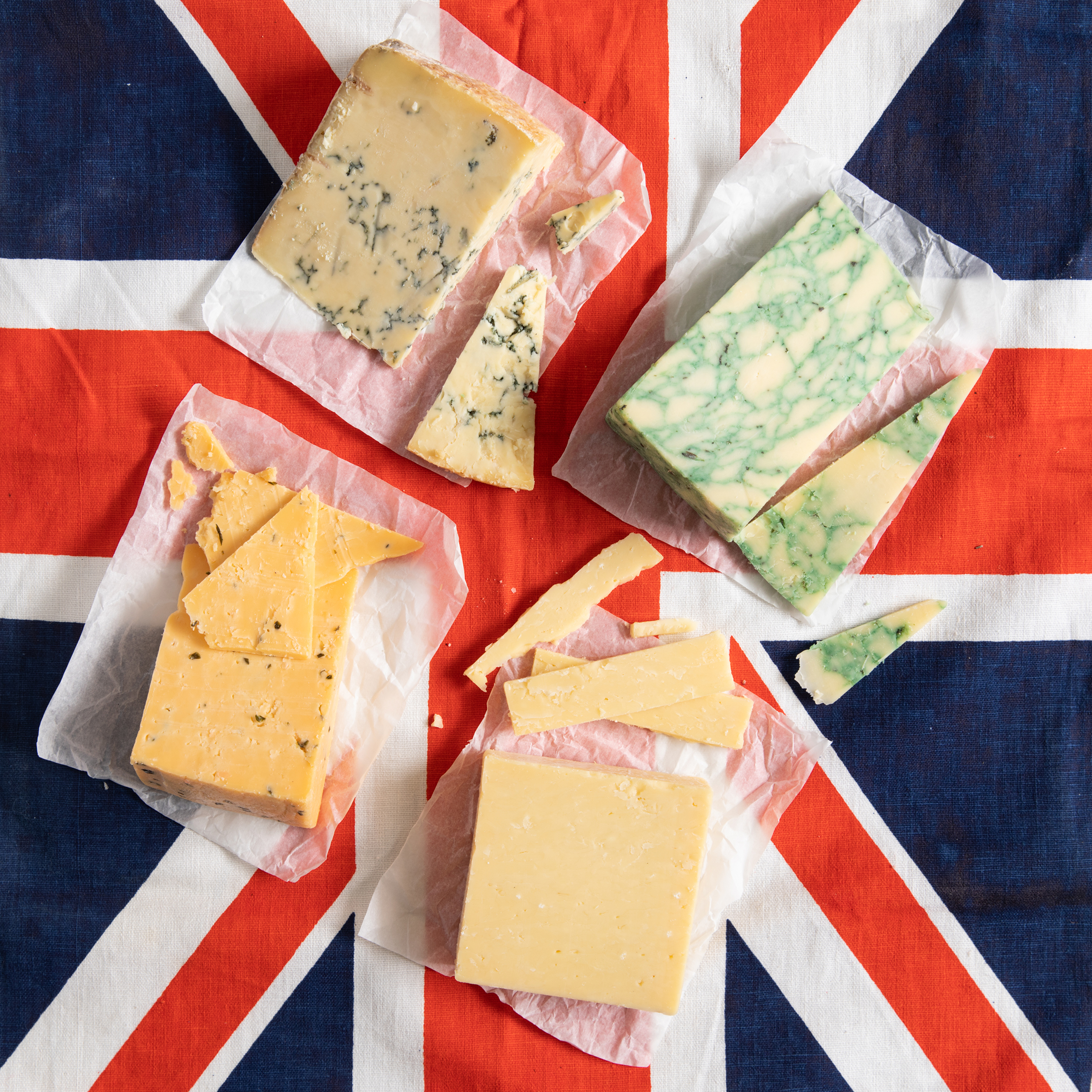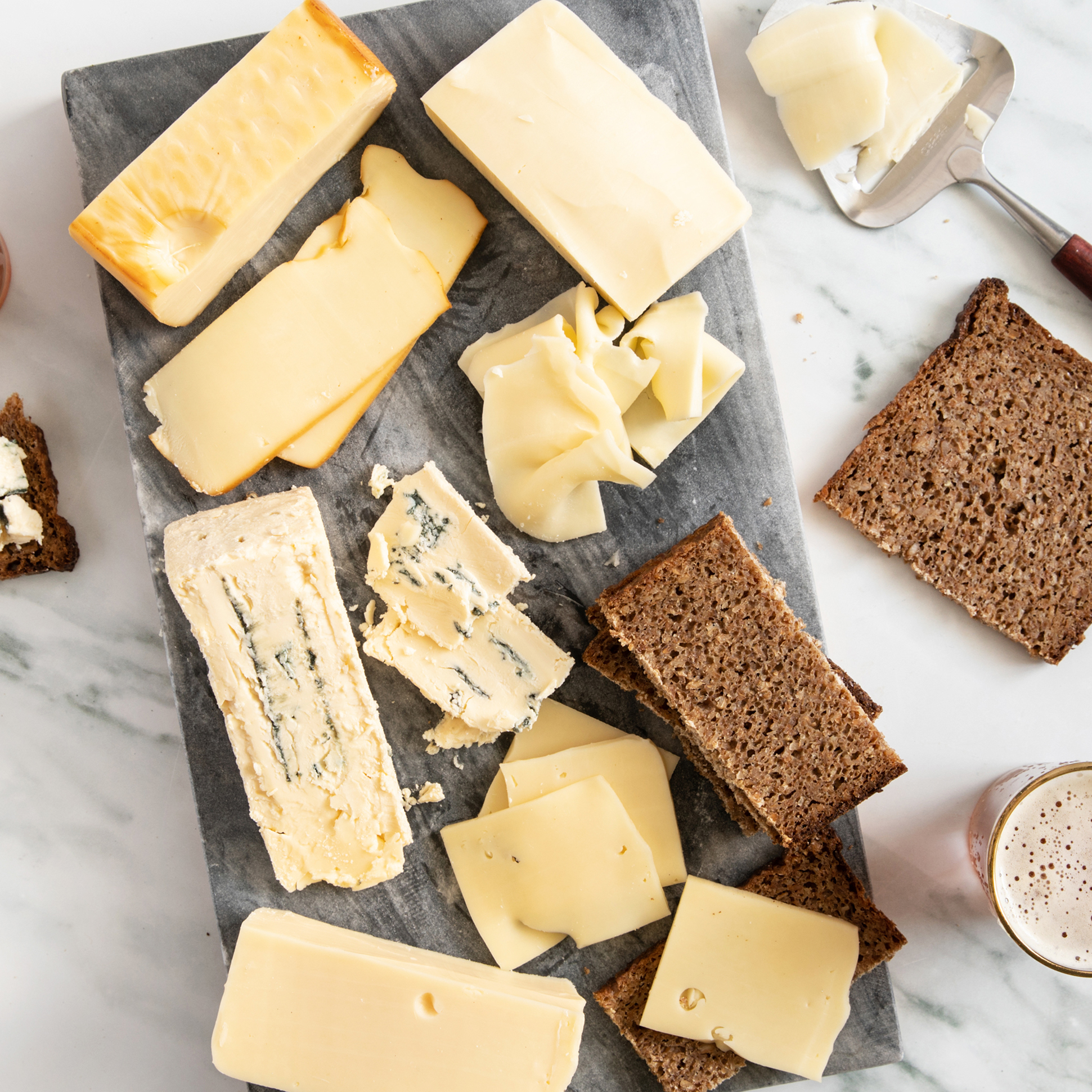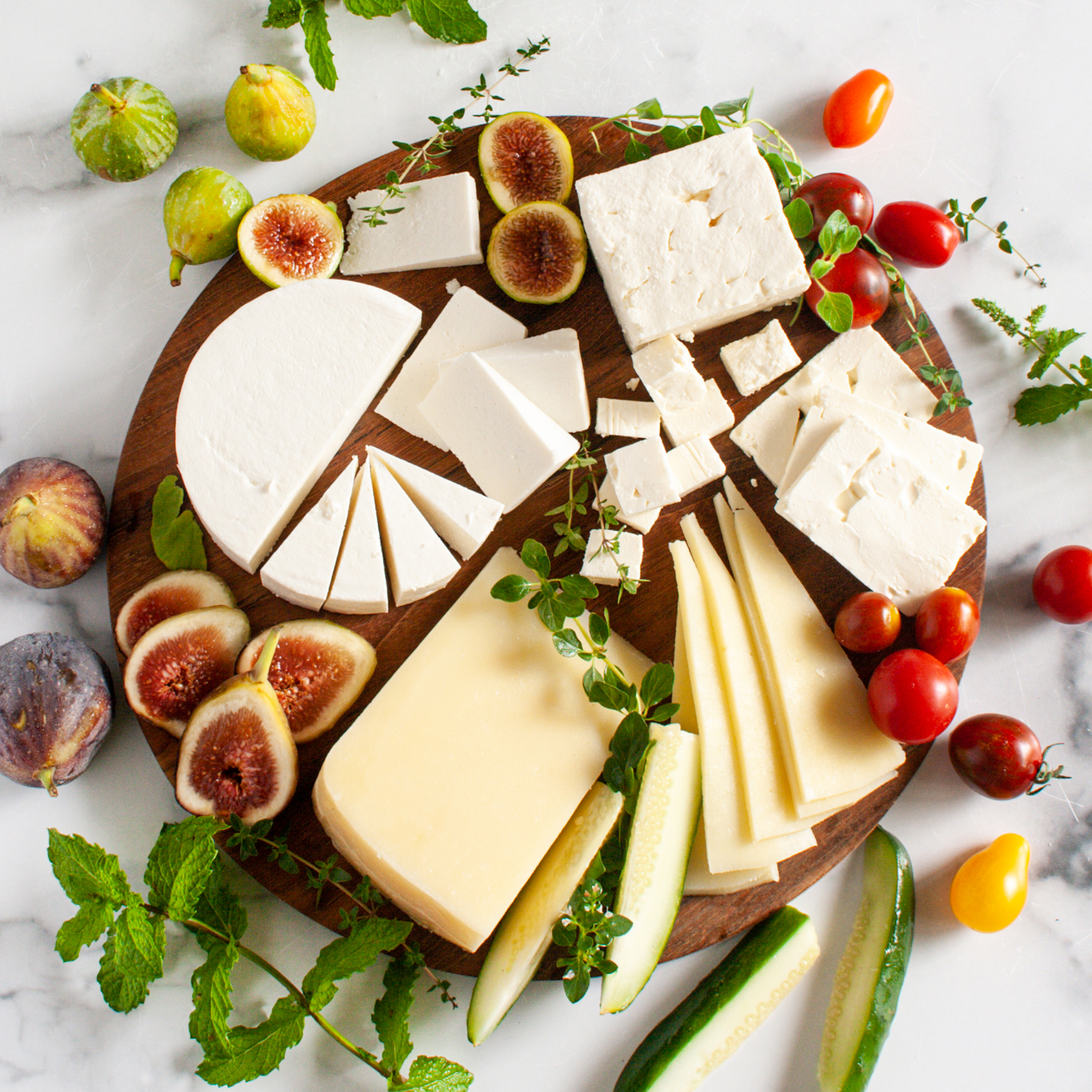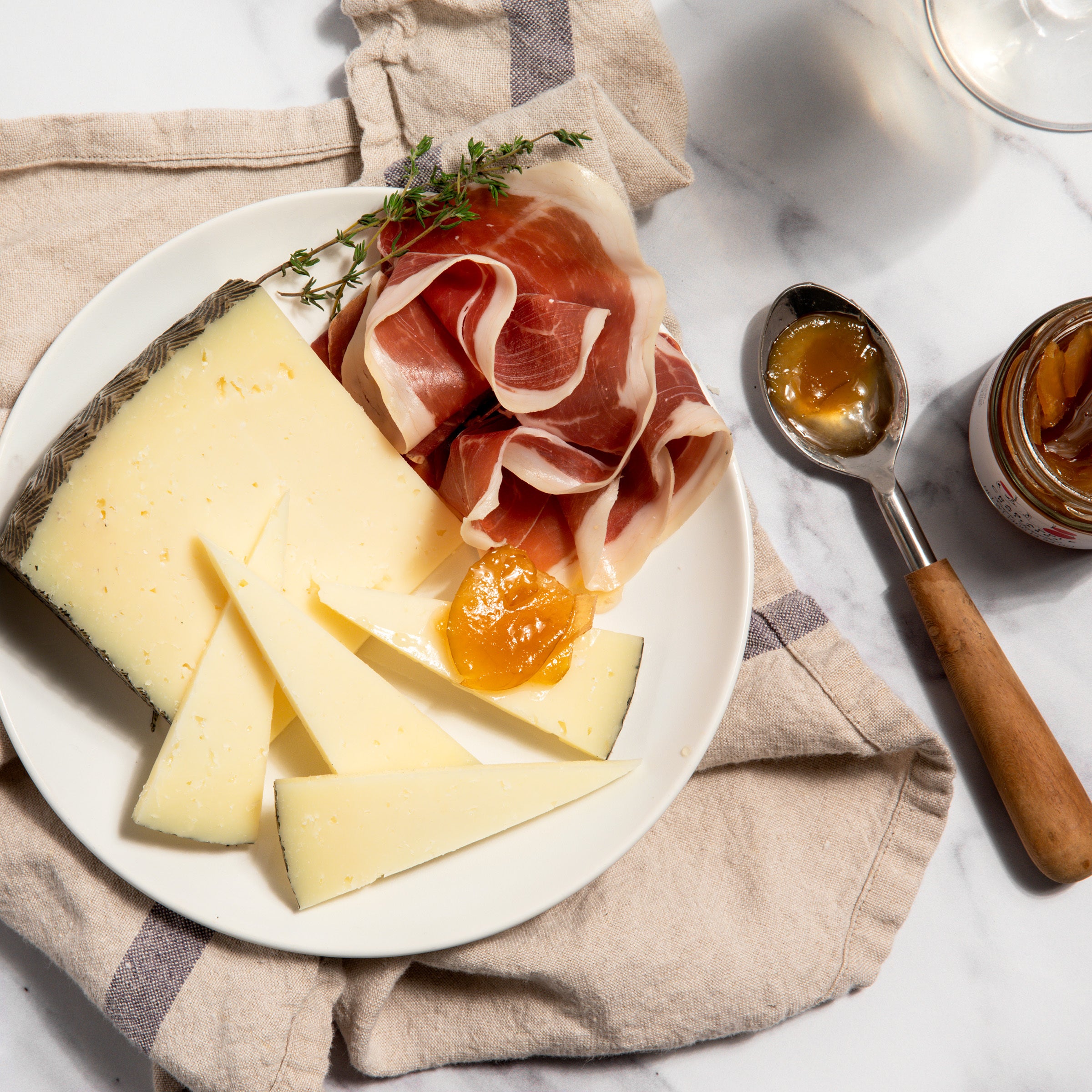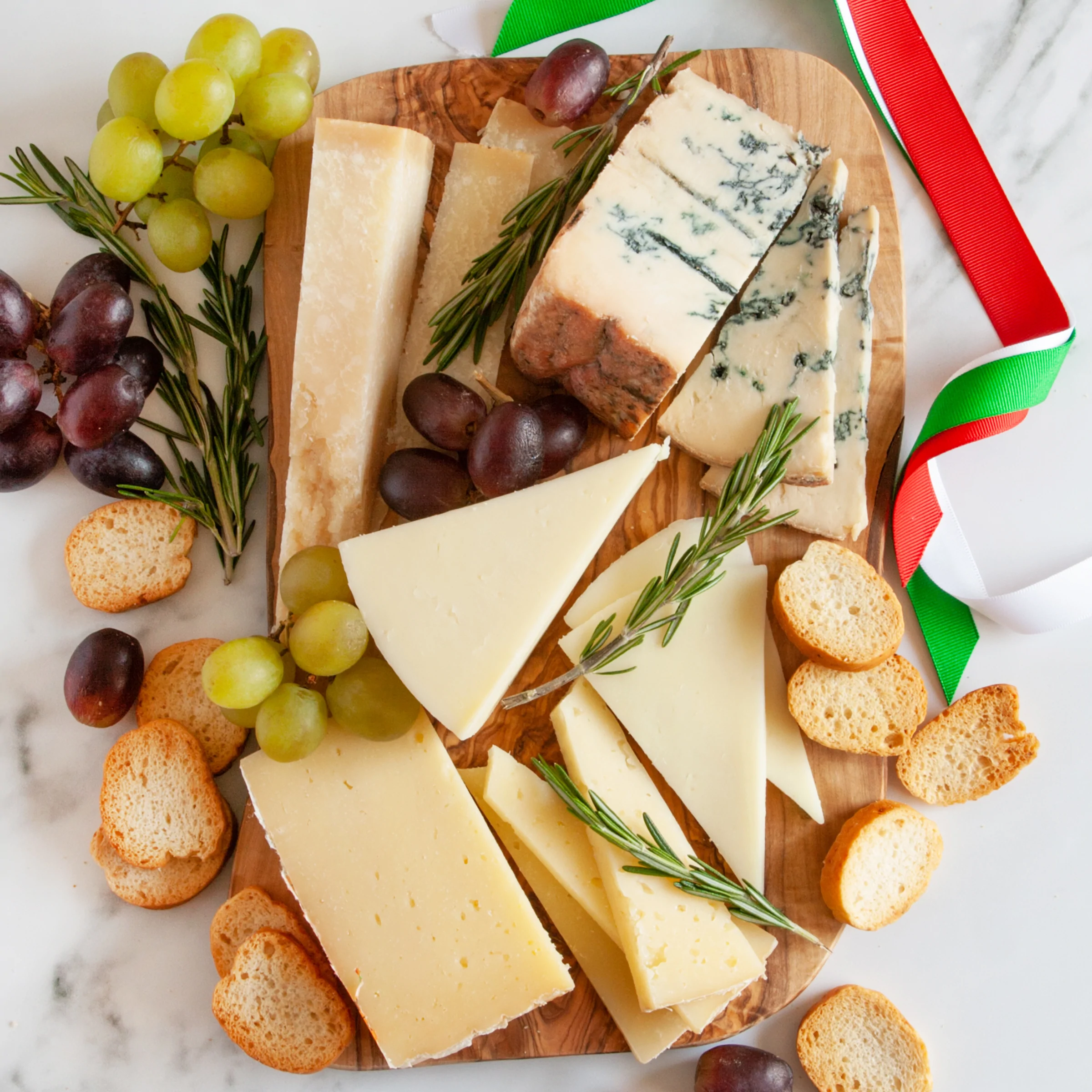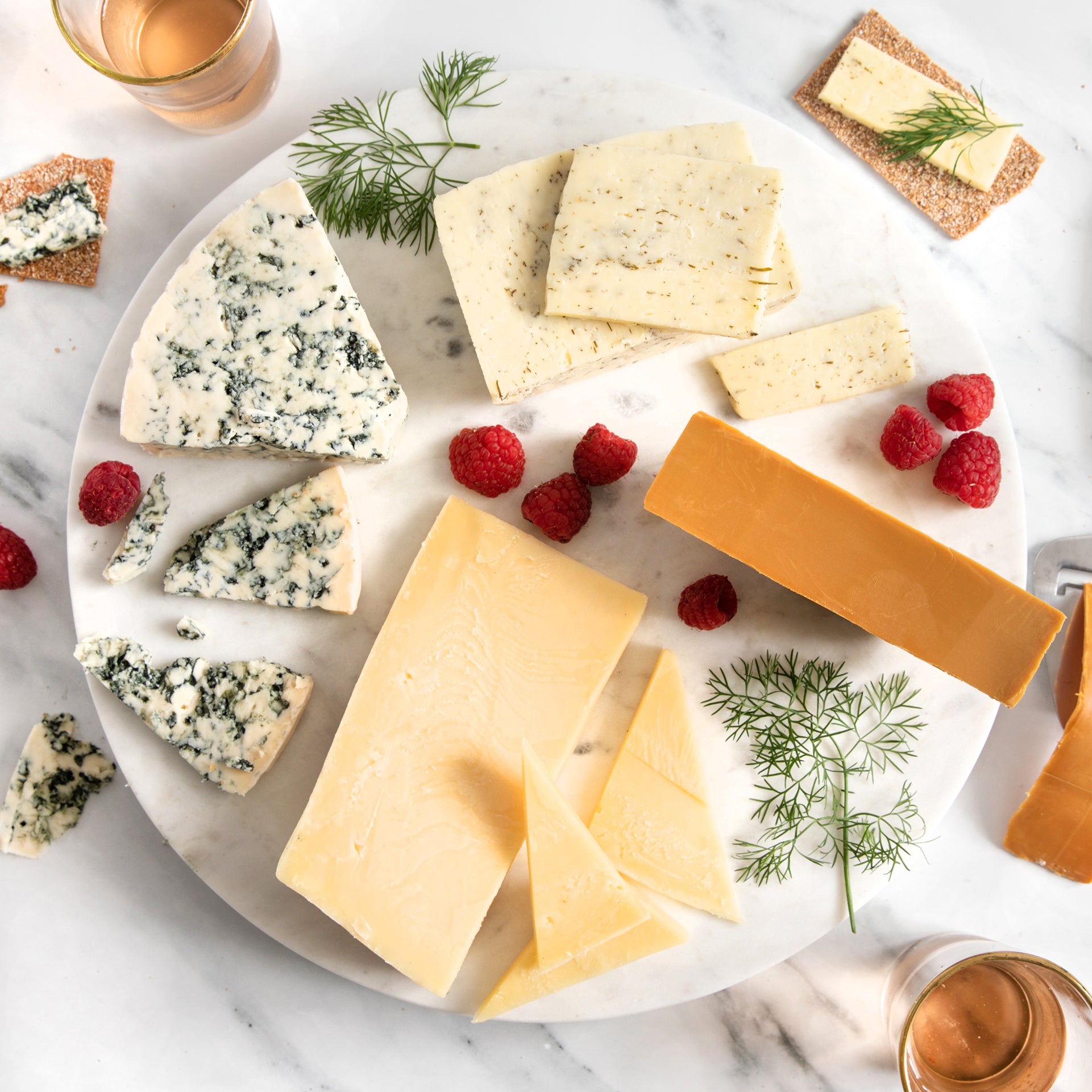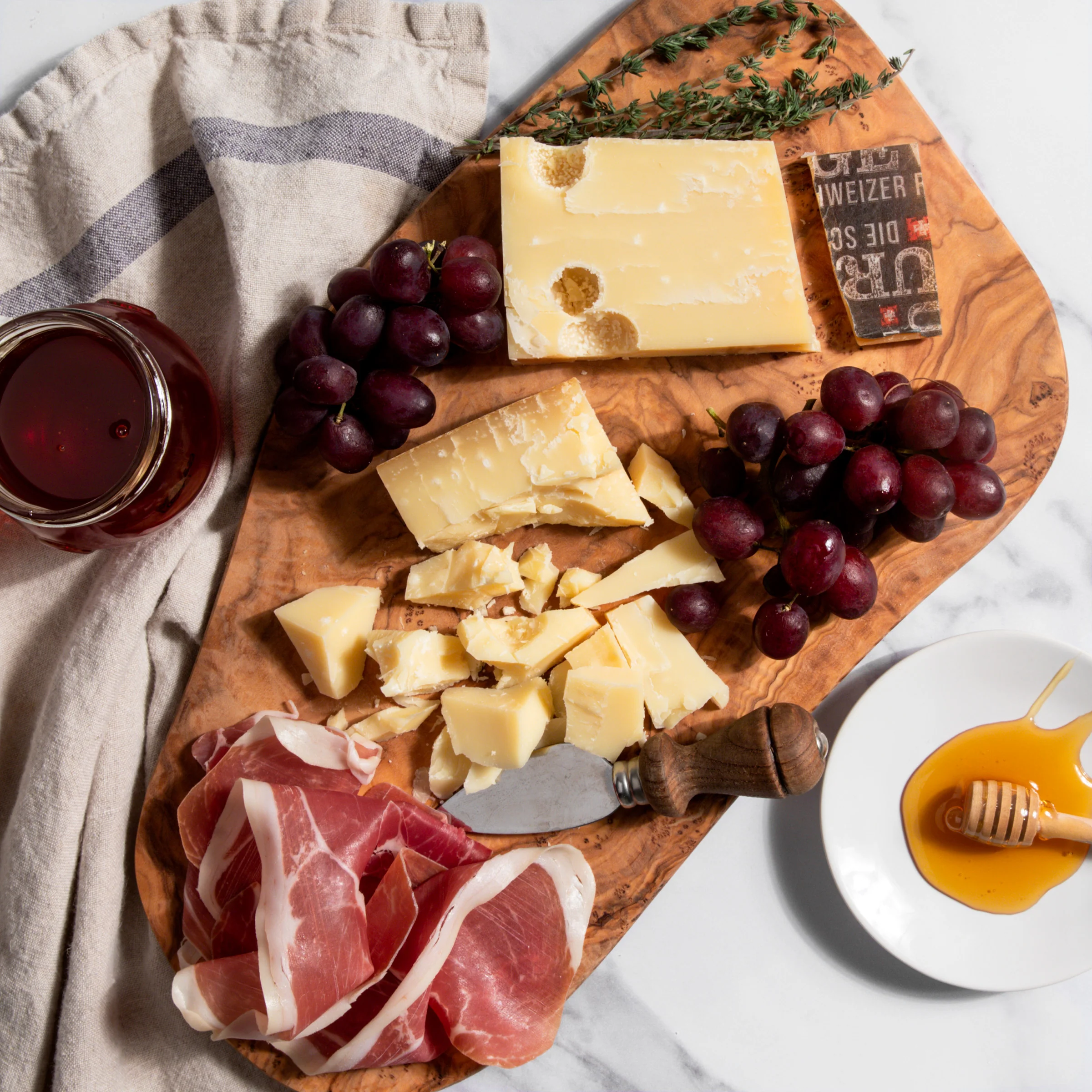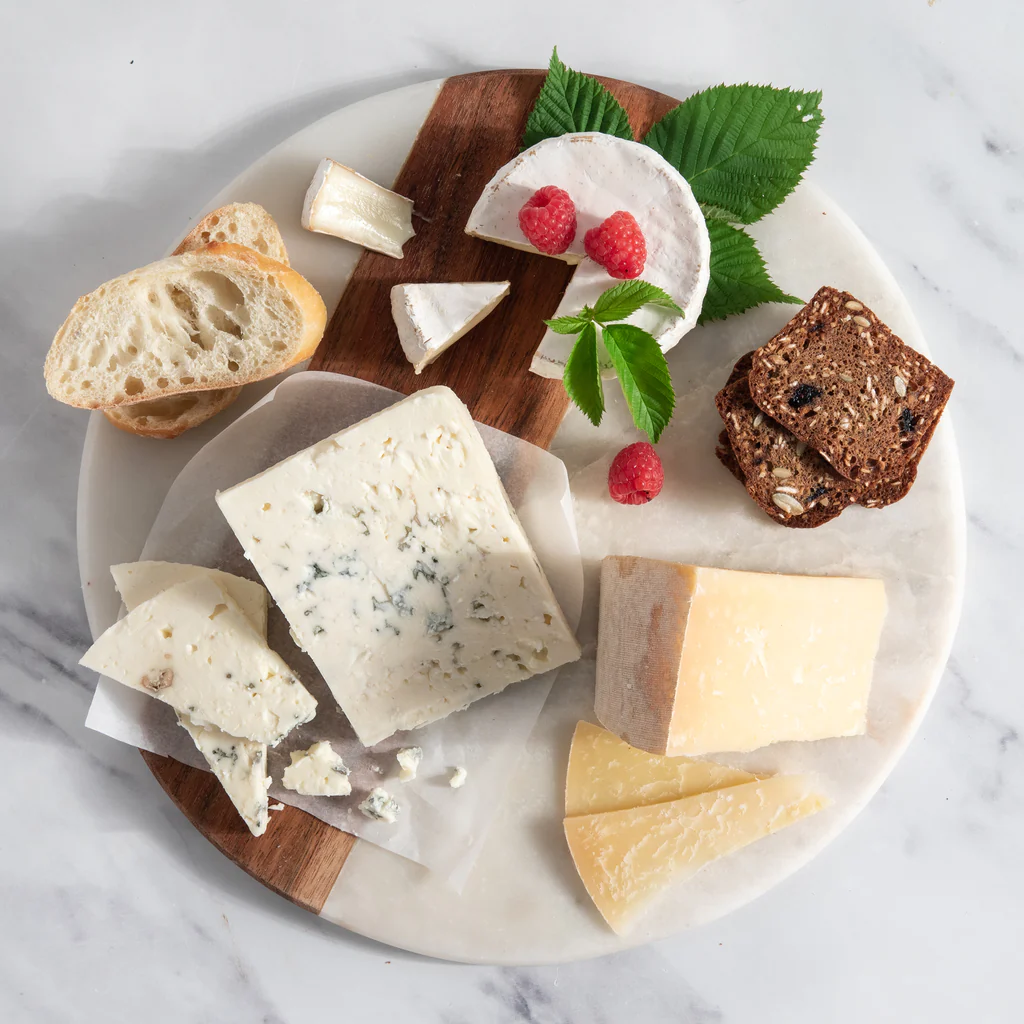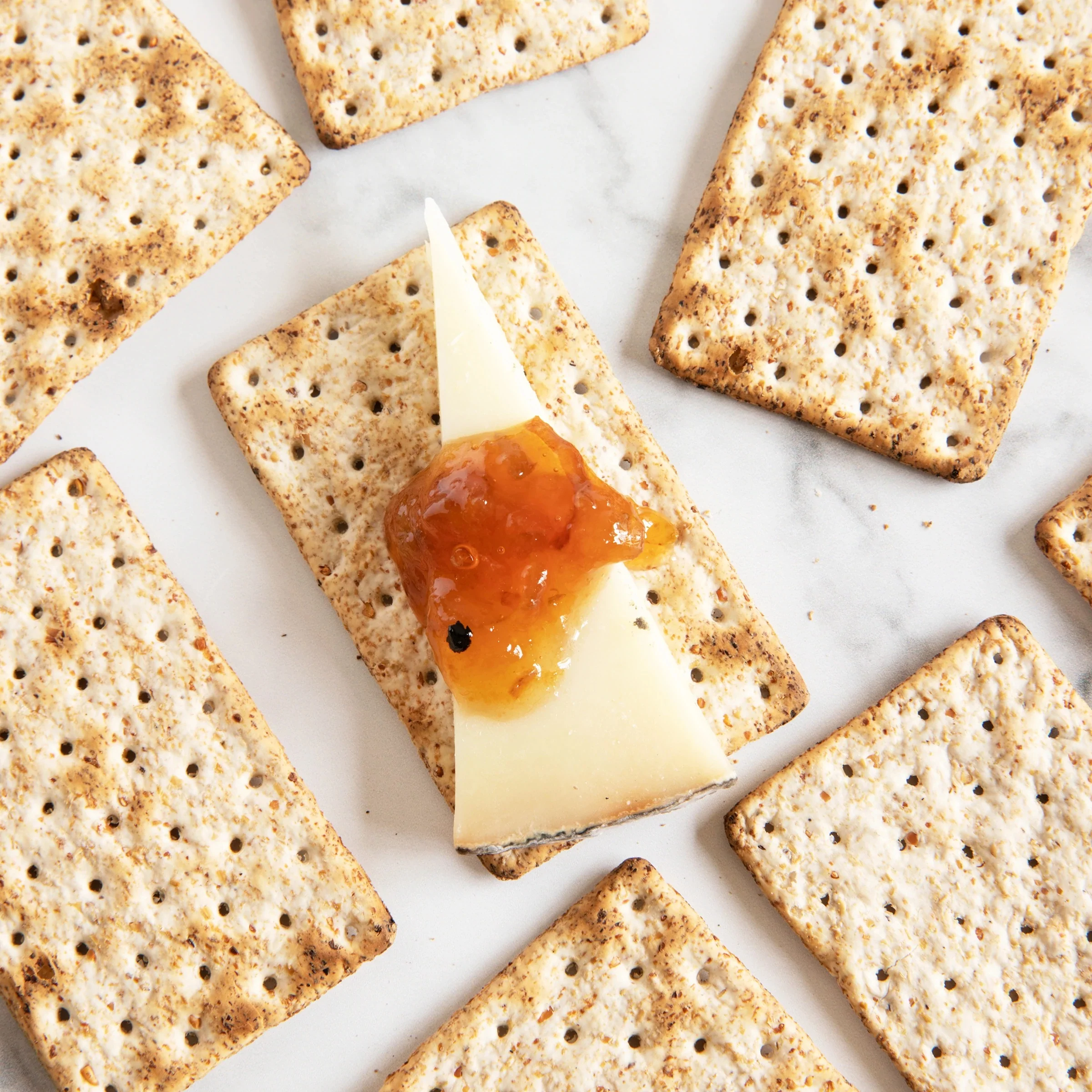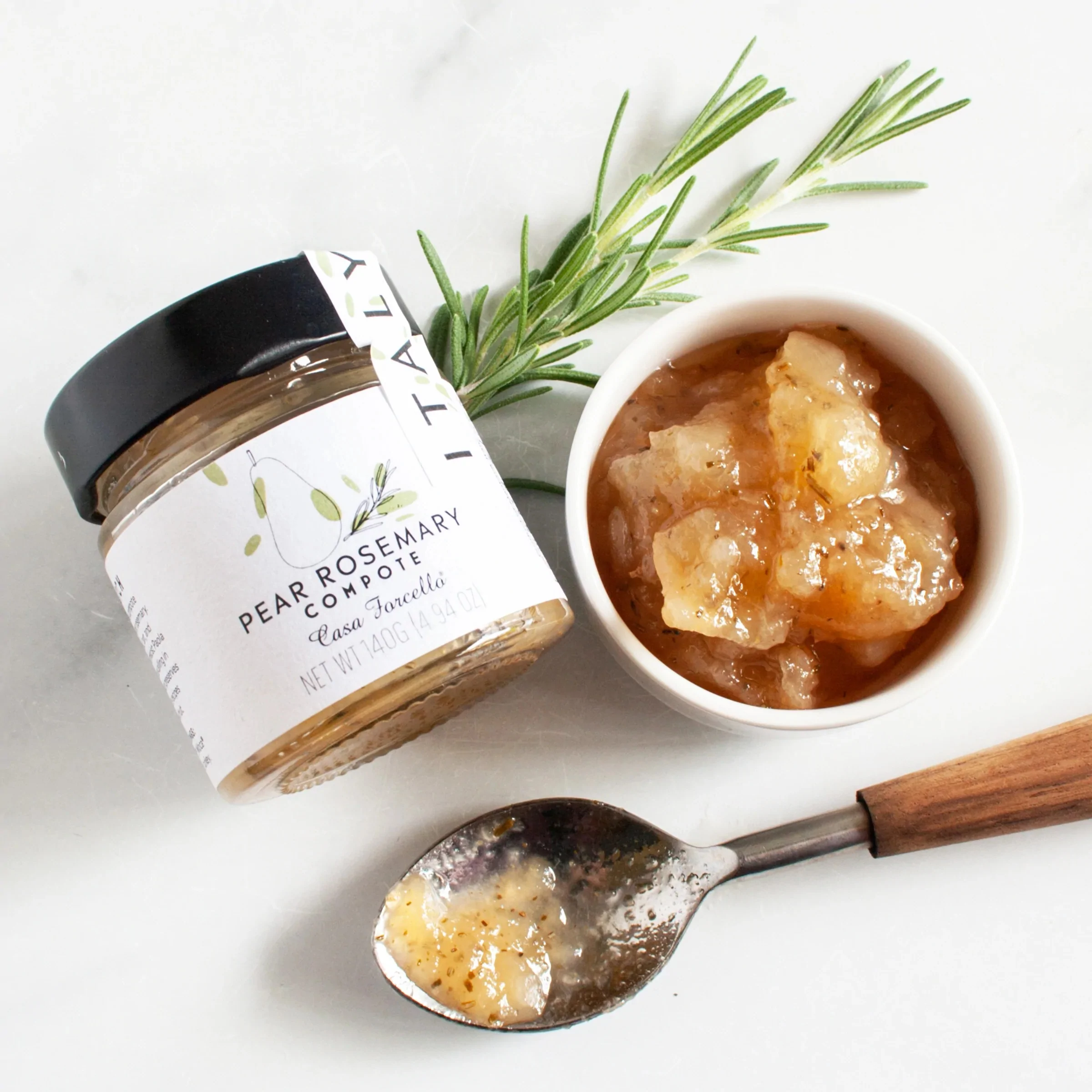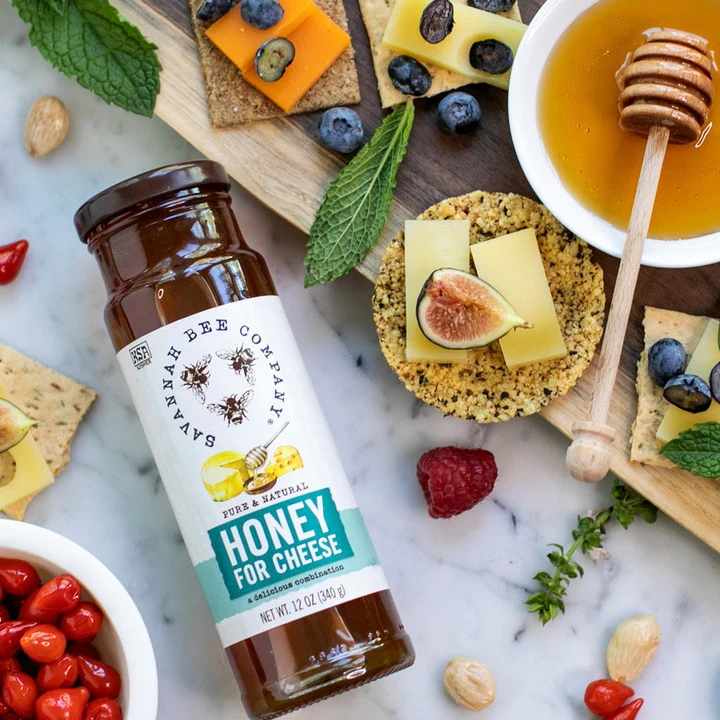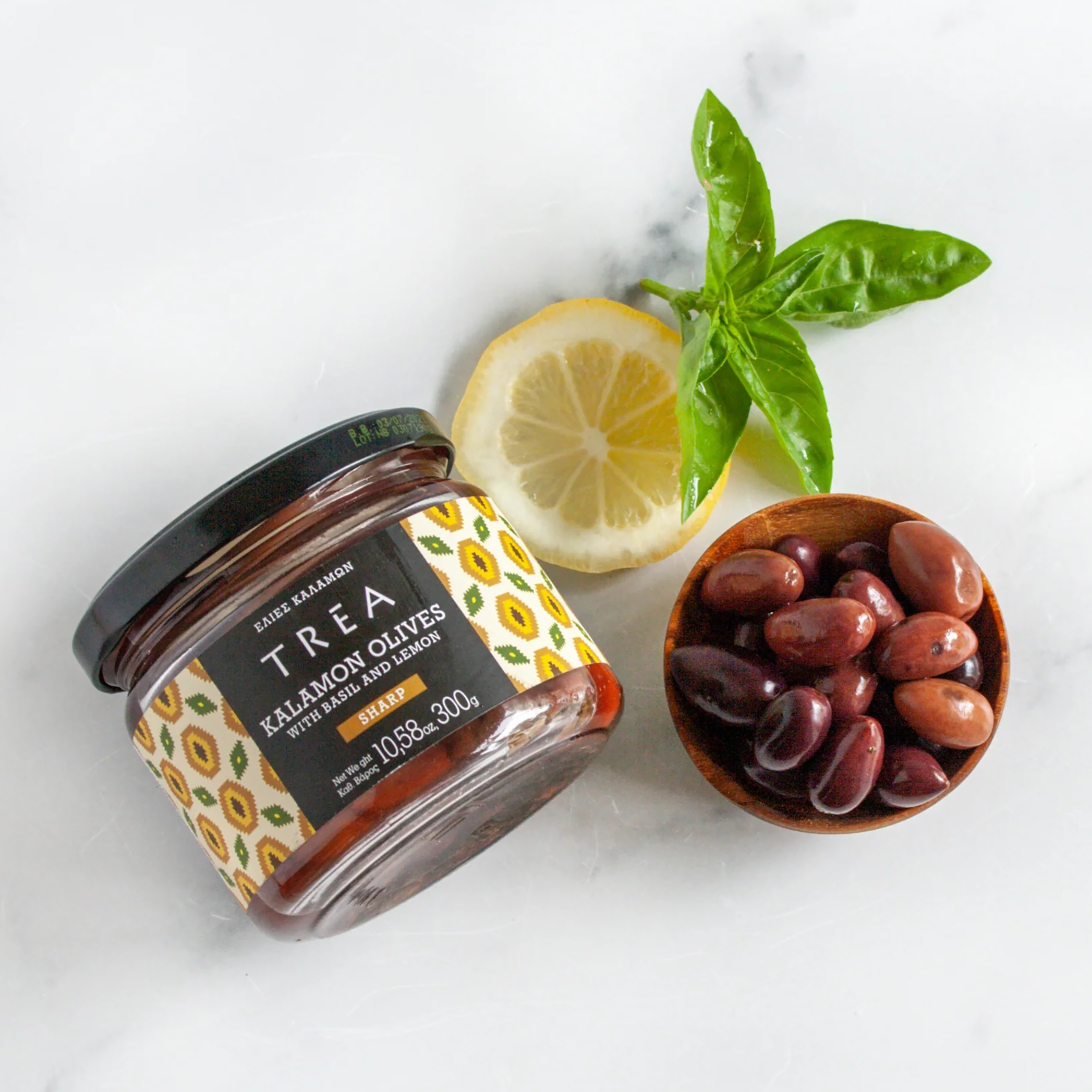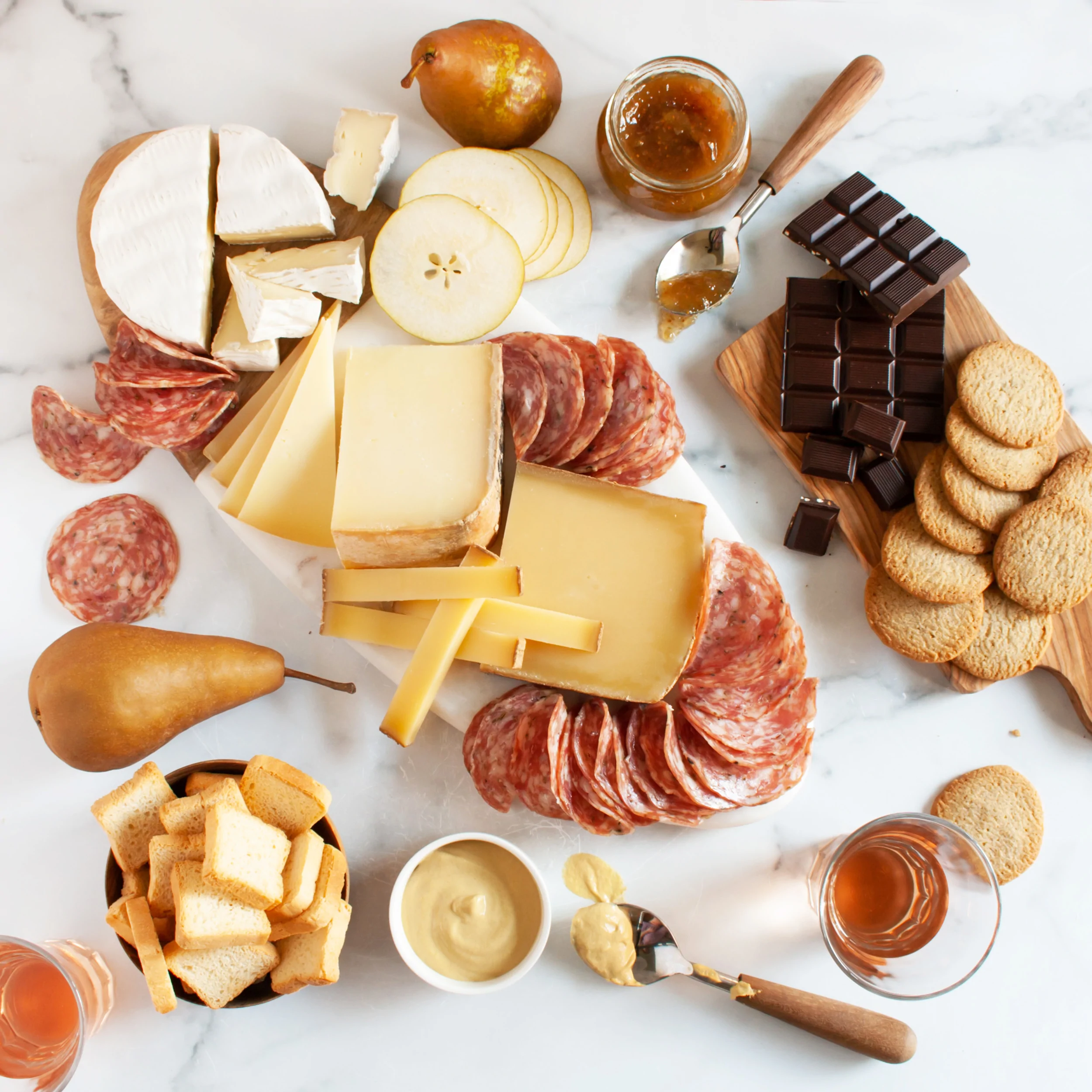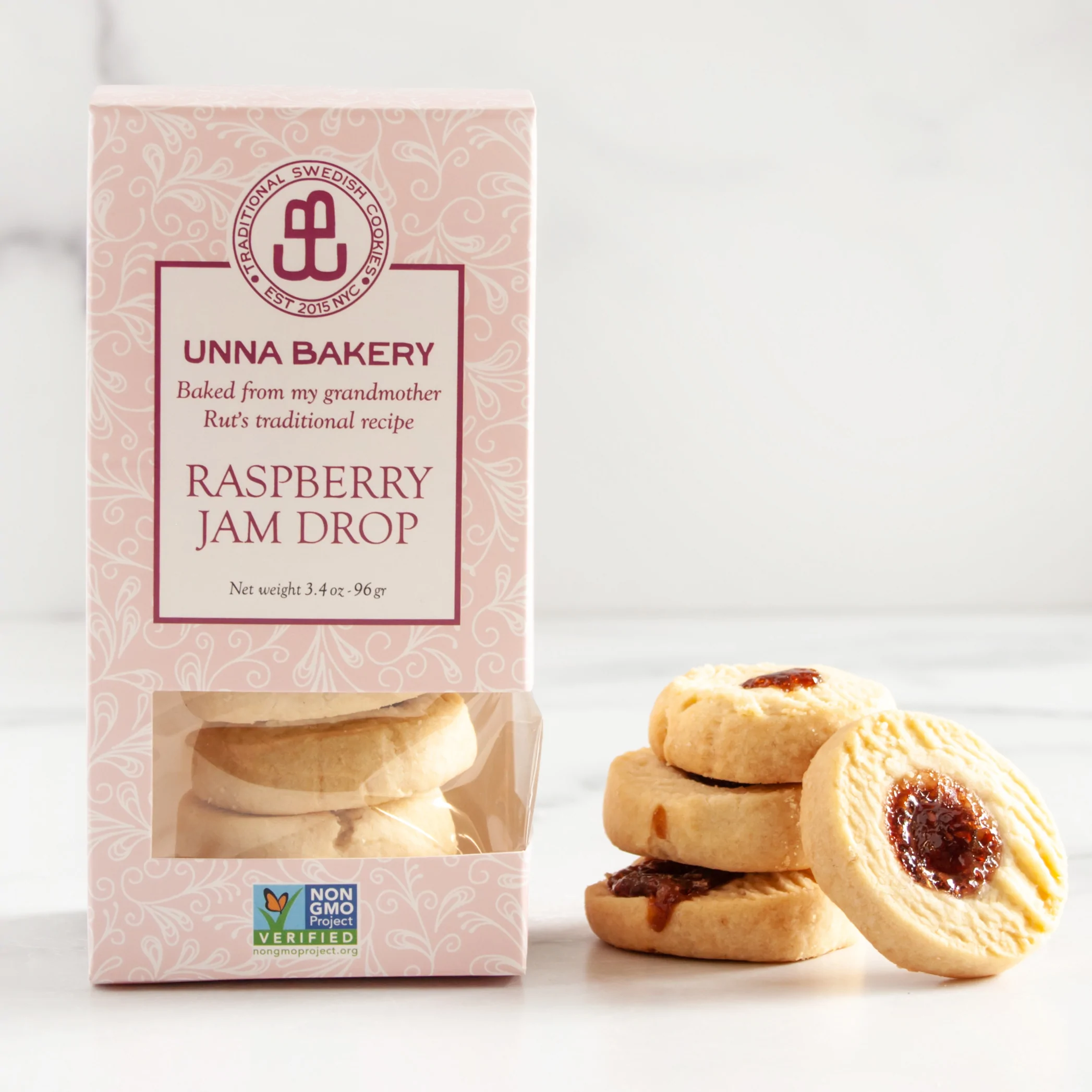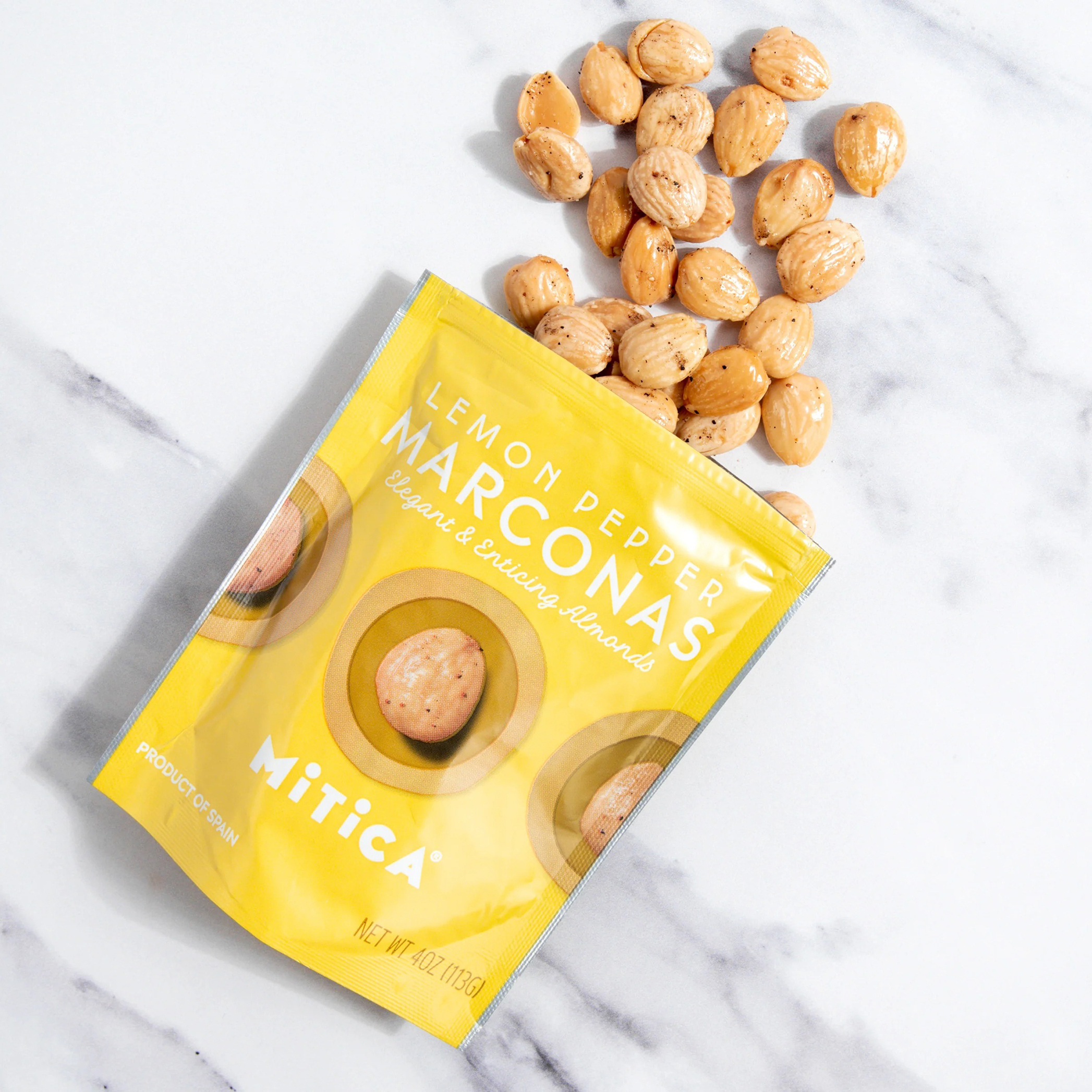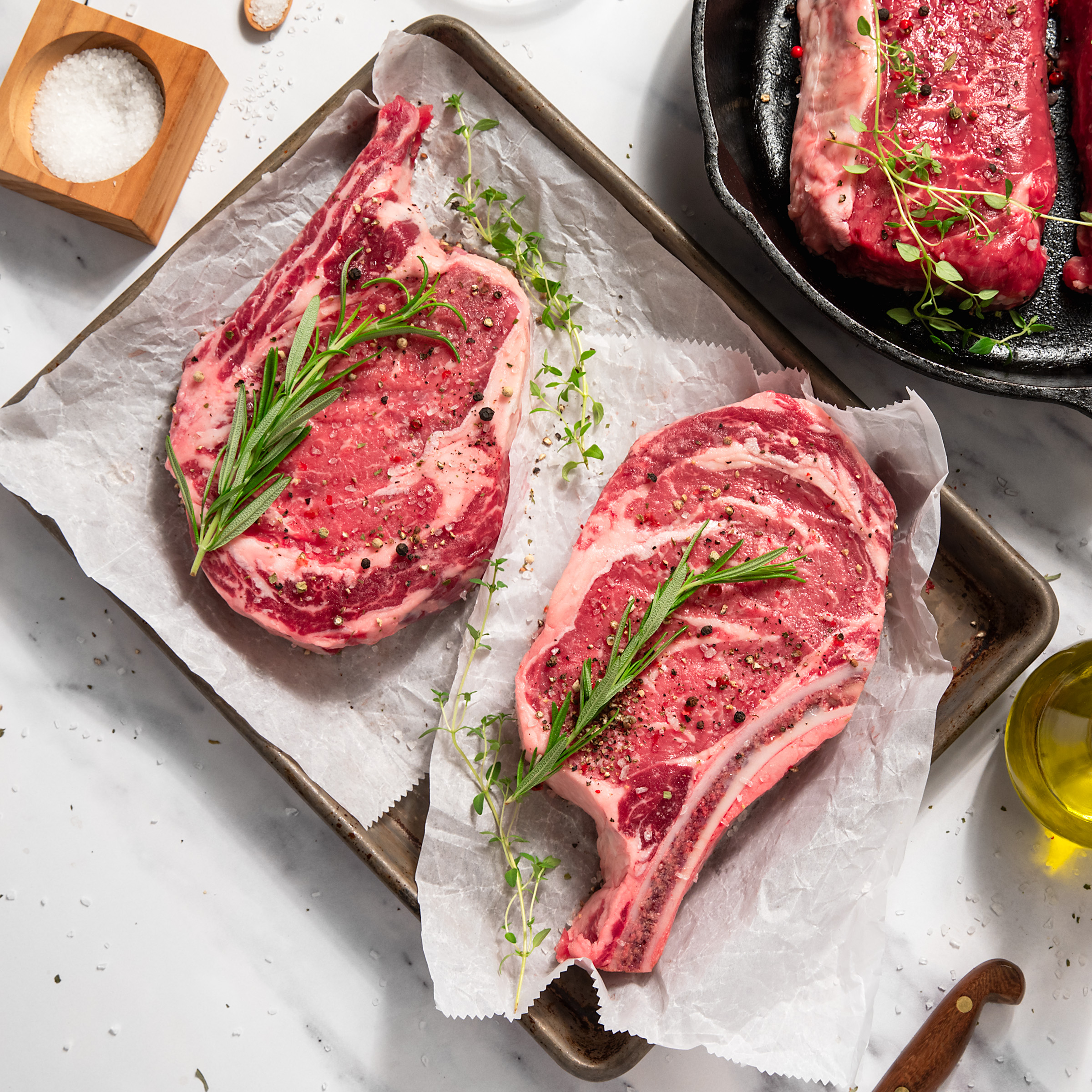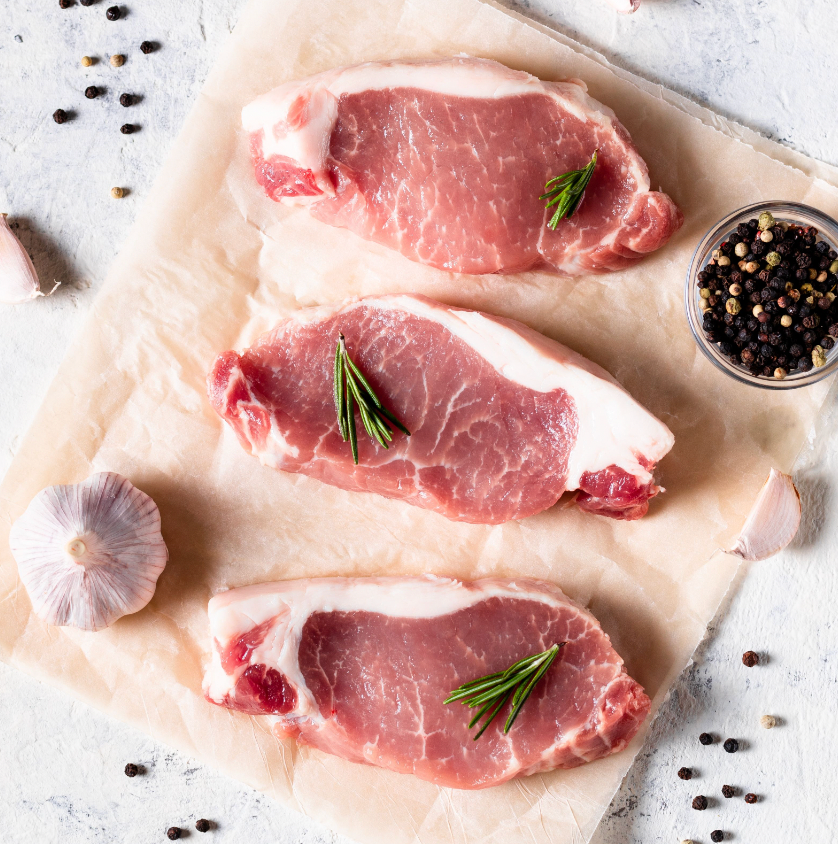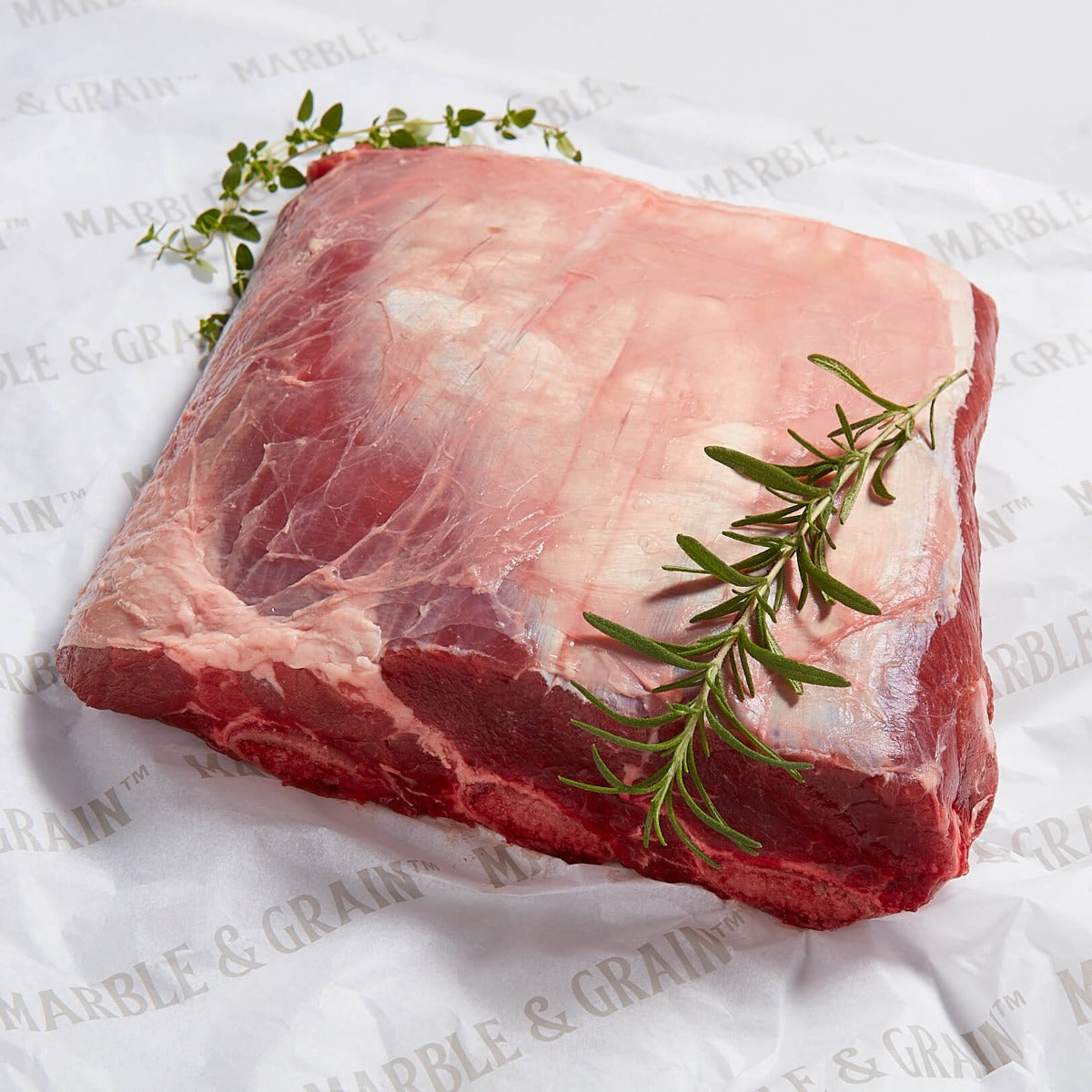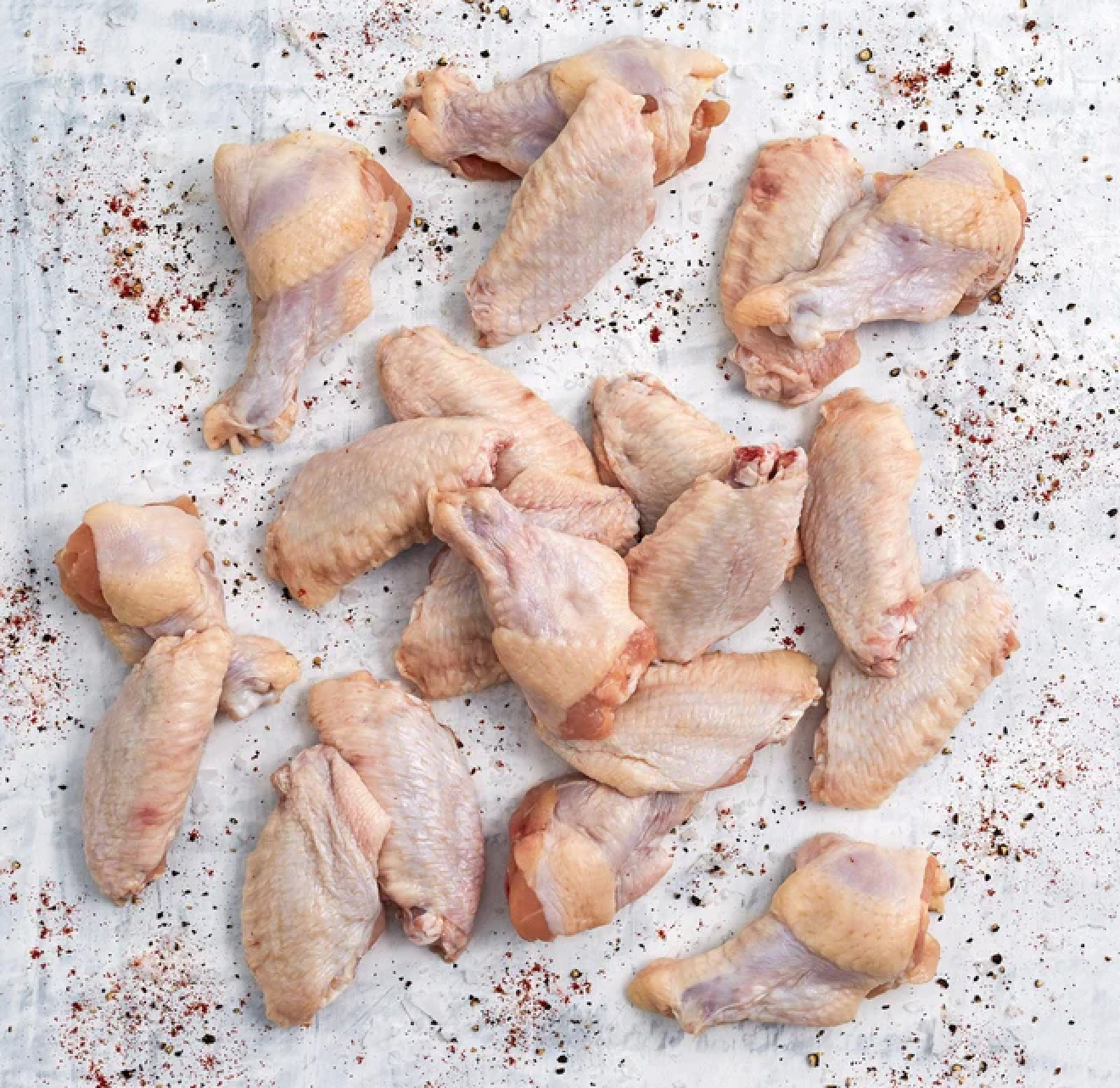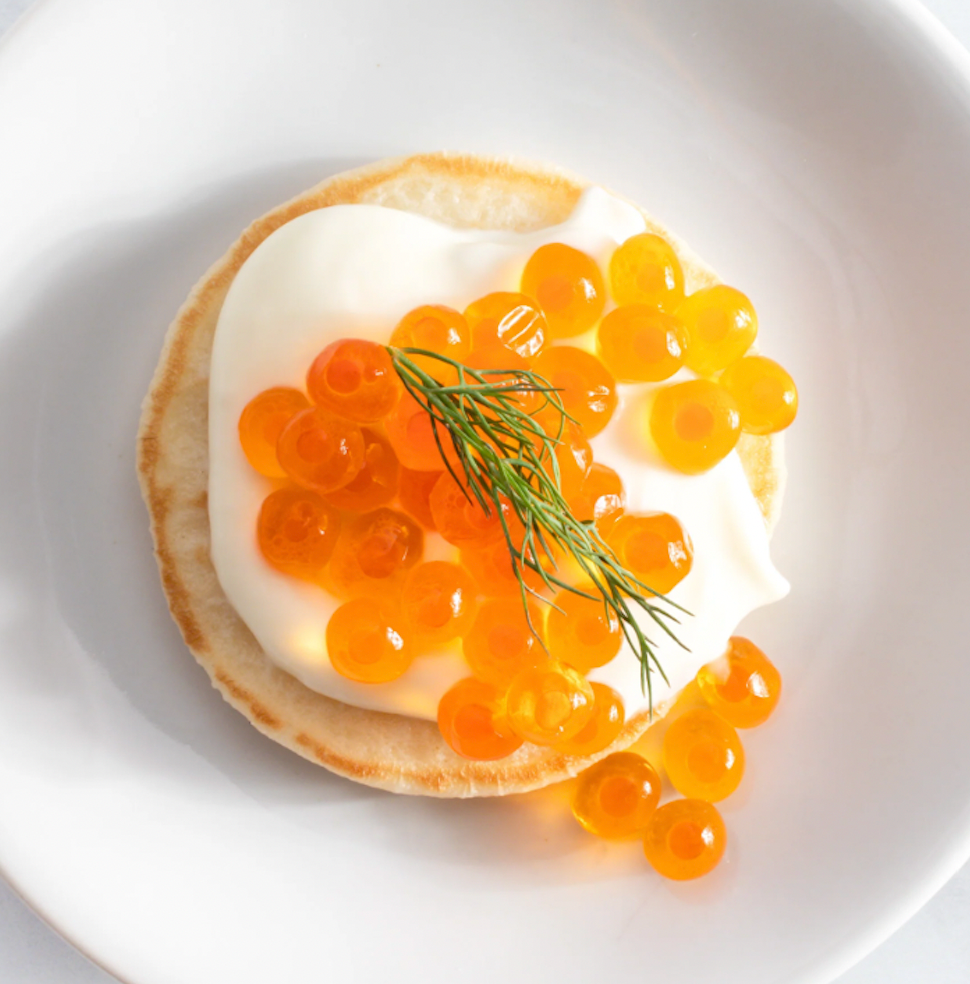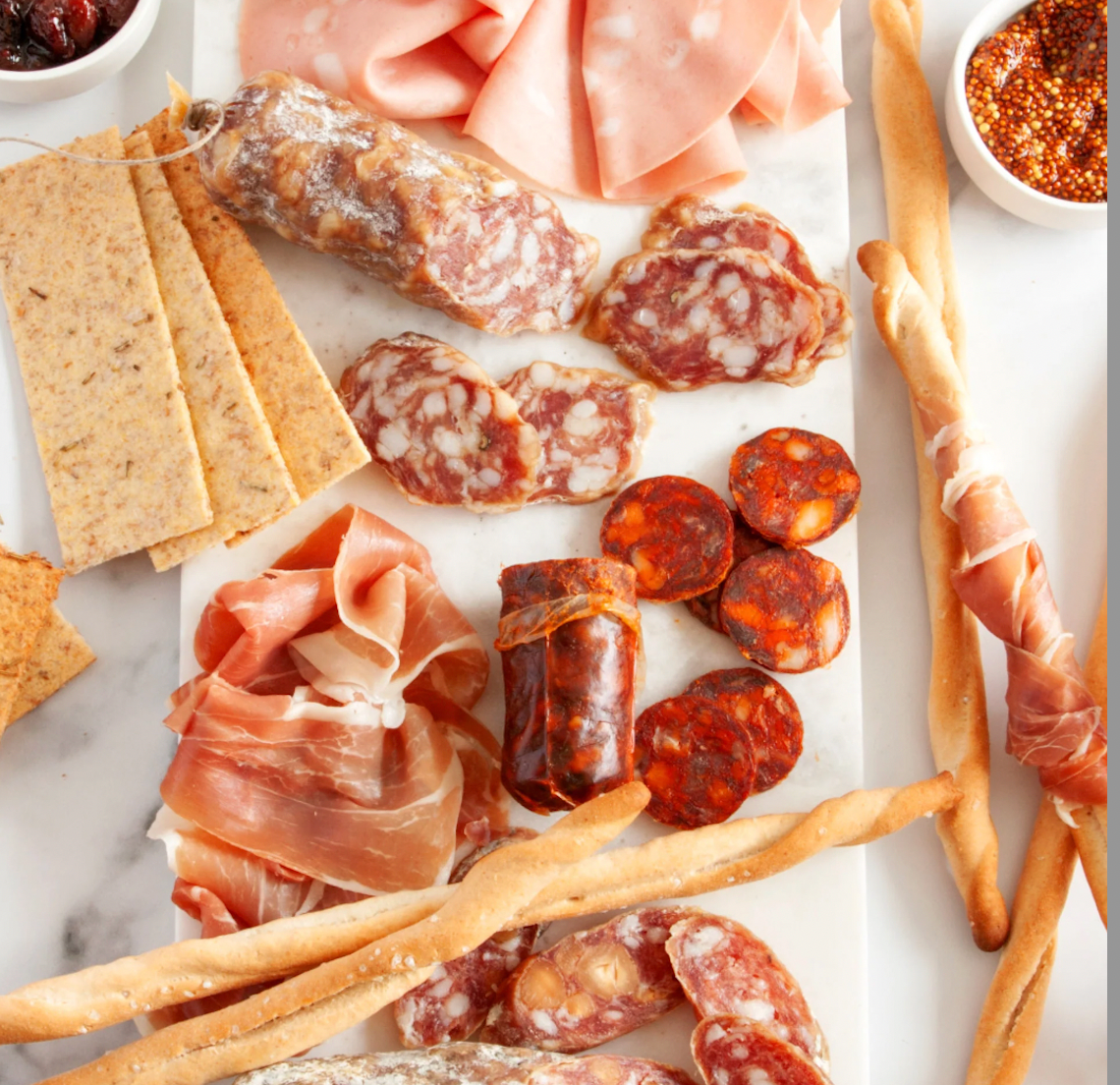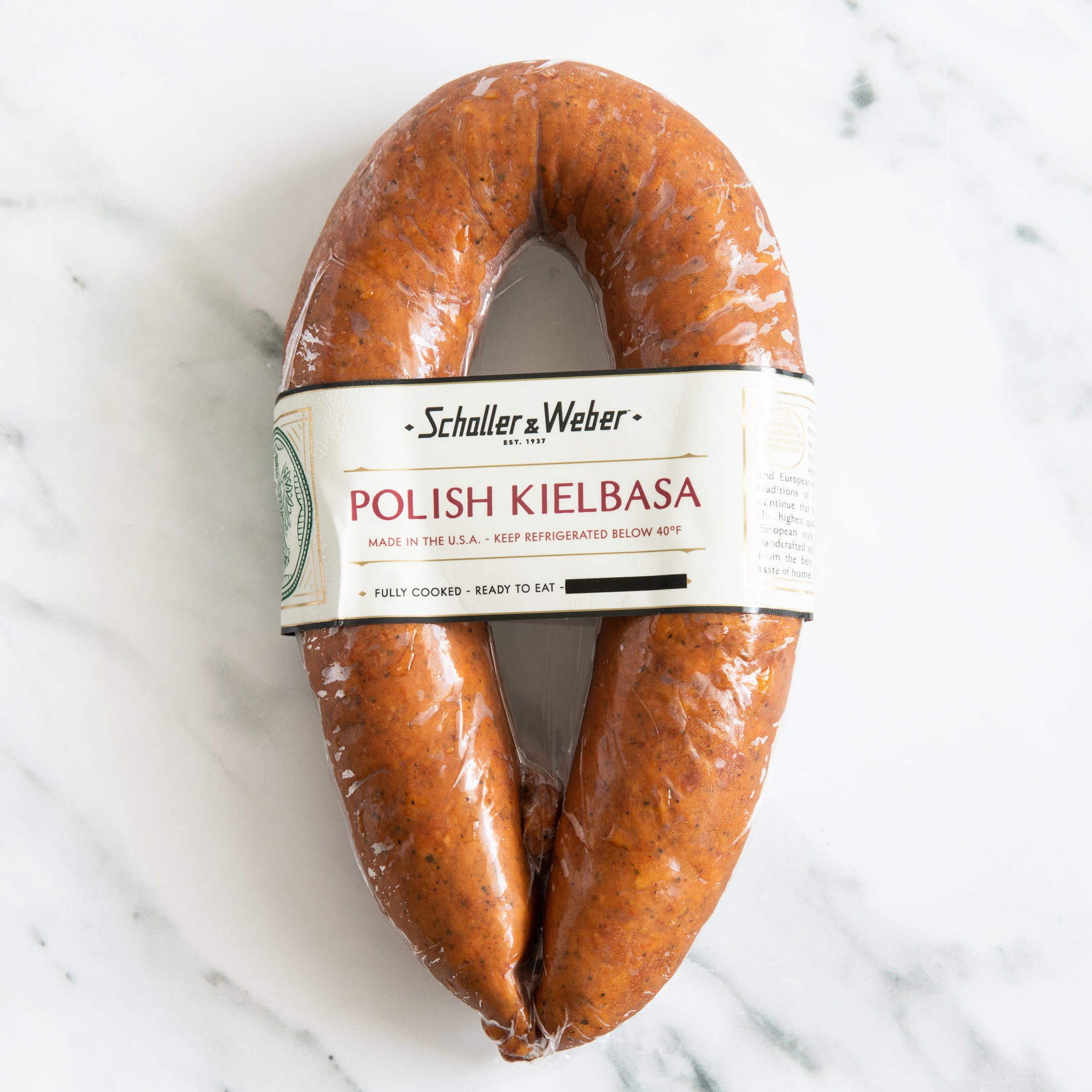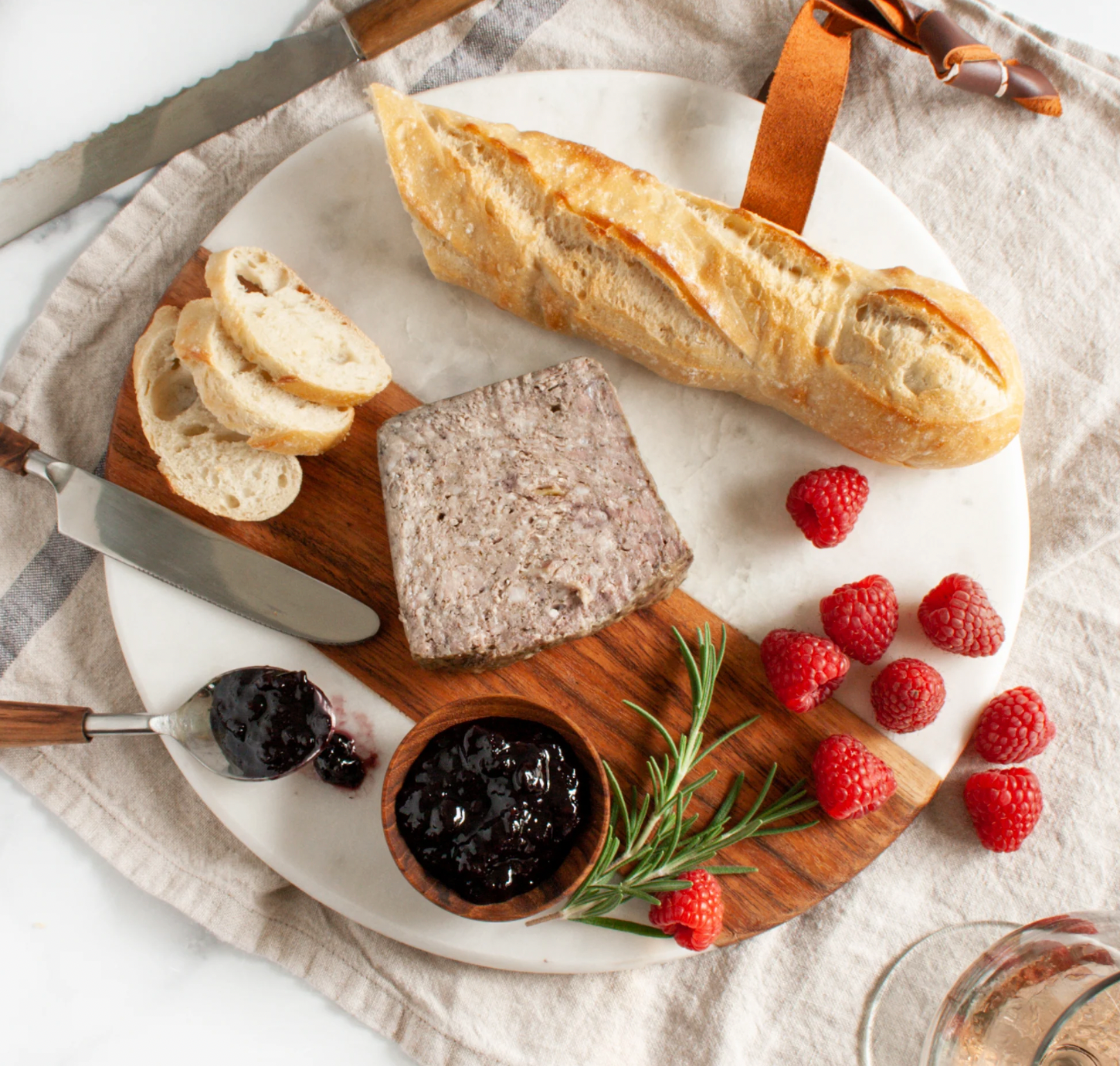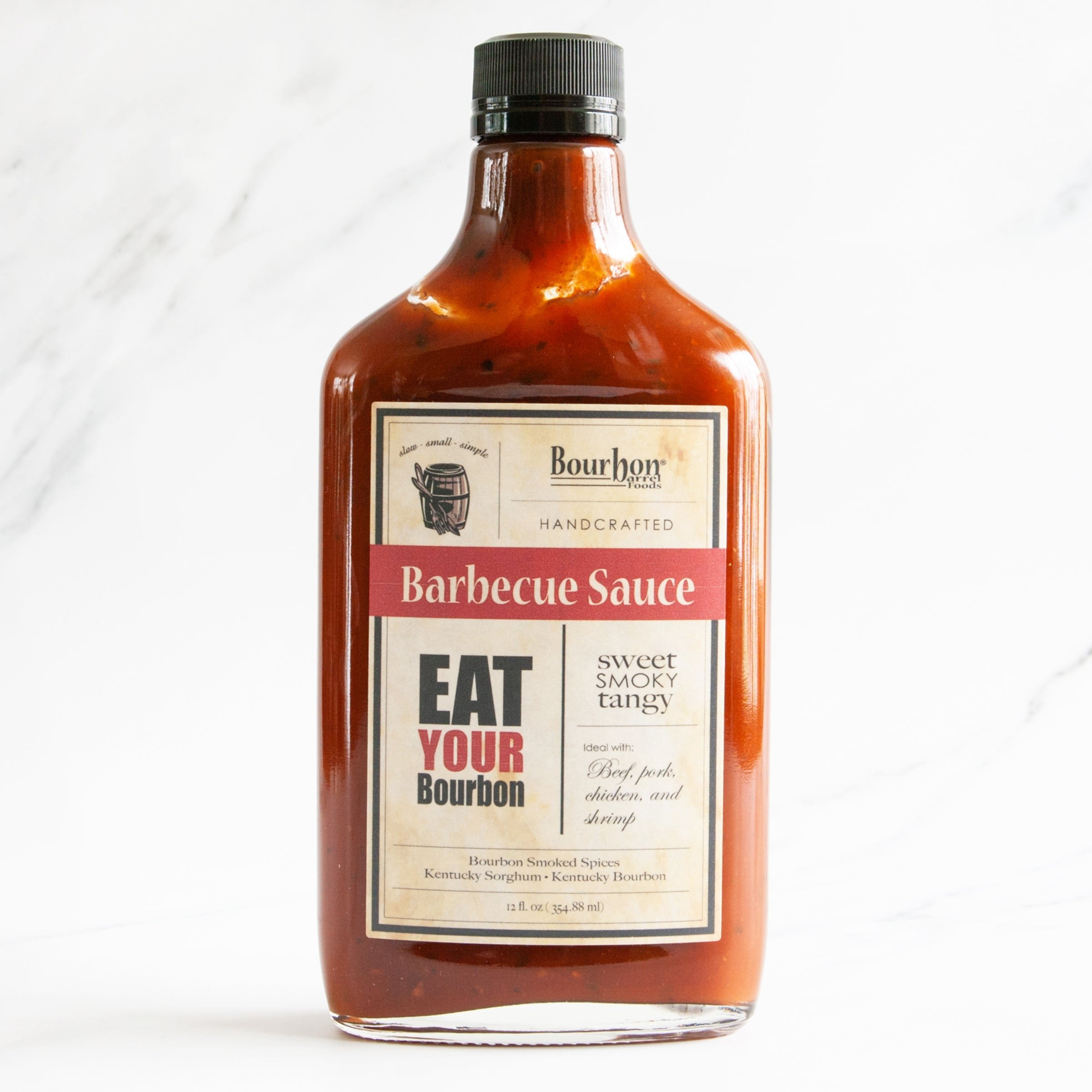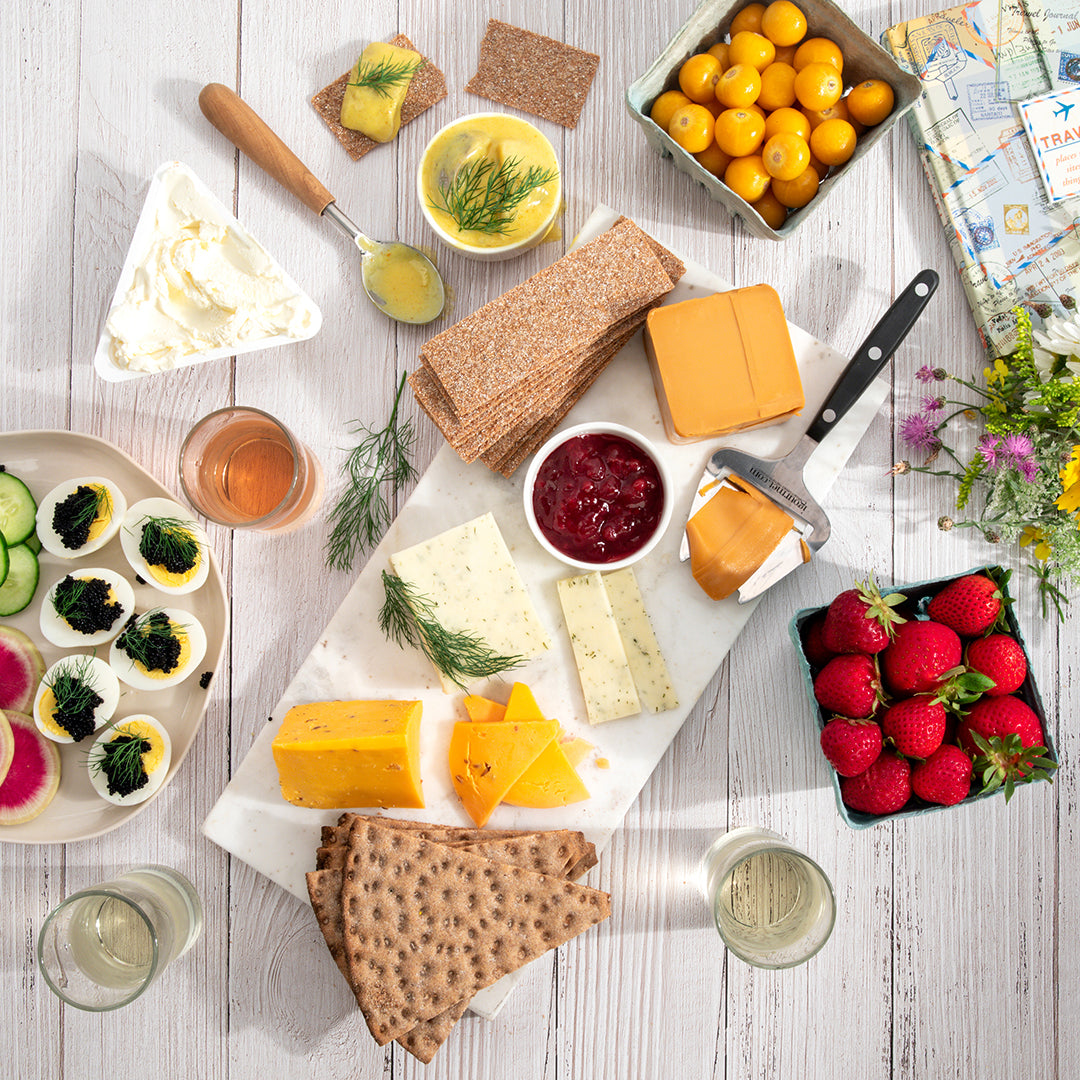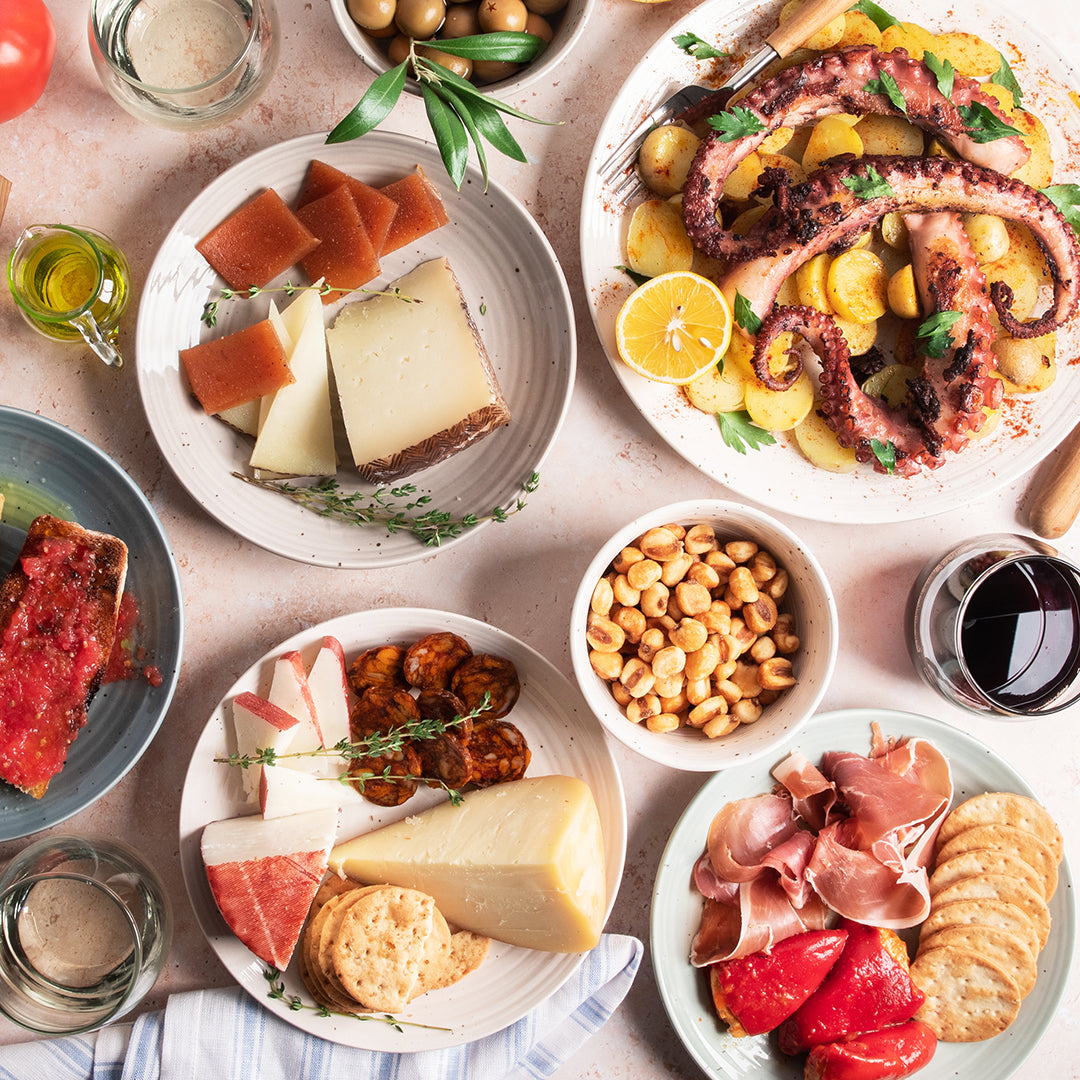Swedish Cuisine Guide
Swedish Cuisine Guide
June 12, 2019 | By Dave Mattingly
Shop, Find Traditional Recipes, Read About History and Culture
Both climate and location have been strong influences on Swedish Food since the country's earliest days. Sweden's long coastline, rivers and lakes allows seafood to be an important part of Swedish Cuisine, along with wild game in the North and lighter fare such as vegetables in the South. Since nearly 15% of Sweden's land mass lies north of the Arctic Circle, preparation for the long cold winters was never far from mind. As a result, some of the country's early inhabitants would preserve seafood, meat, fruits and vegetables using such methods as dehydration, salting and curing. Berries were cooked into jams, vegetables were pickled, root vegetables were stored in cold dark cellars and bread was made to last long periods of time. Throughout Swedish history, Swedish traders and aristocrats introduced foods such as tea from England, sauces and soups from France and honeycakes from Germany that would be eventually incorporated into the Swedish diet.
The large areas of forests and wetlands in Sweden produce an abundance of wild game, fruits and vegetables such as mushrooms, lingonberries and blueberries. Lingonberries are small, red and tart berries that grow plentifully in the northern part of the country, ripening from August through October. Lingonberry jam, a Swedish favorite, is made by mixing lingonberries with sugar and has traditionally been a way to add flavor and freshness to heavy foods much as meats and stews. The most prized mushroom in Sweden is the Chanterelle, and is considered a delicacy, often served with meat such as steak or fried with onions.
For hundreds of years, Swedish cooking has revolved around traditional home cooking, called Husmanskost. Often considered simple in comparison to other European cuisines, Husmanskost once referred to the most basic Swedish prepared foods such as porridge, but now includes more appetizing dishes such as rich stews, seafood and roasts. Other Husmanskost foods include pea soup, pork with potatoes and rutabagas, salmon, herring, meatballs, potato pancakes and potato dumplings. Thanks to water along much of its land mass, seafood is plentiful, and Swedes have found innumerable ways to prepare fish, such as marinating, smoking, or curing it with dill and salt. In addition to herring and salmon, crayfish and eel are also popular. Today, Husmanskost has been re-introduced by Swedish chefs. The new approach to Husmanskost offers traditional Swedish dishes with lower fat options and the introduction of new ingredients. Swedish food is influenced by many modern international foods and cuisines such as pizza, kebabs, hamburgers, and Chinese and American cuisines.
Traditional Swedish Dishes
Smorgasbord
The Smorgasbord is Sweden's most internationally renowned culinary tradition. The word smorgasbord is broken down to smorgas, meaning open-faced sandwich and bord, meaning table. The modern Smorgasbord originated in the 1700s as a tradition of serving appetizers and spirits prior to the meal of the upper class. Appetizers included cheese, bread, butter, herring, salmon, Swedish meatballs, potatoes and other foods. The Smorgasbord (called julbord at Christmas) morphed from appetizer to main meal and began to include both warm and cold dishes. Today the Smorgasbord is a buffet-style meal with a variety of foods placed on a serving table together at the same time, so diners can help themselves.
Swedish Meatballs
A traditional Swedish meal is Swedish Meatballs, called köttbullar, served with gravy, potatoes, Lingonberry jam and occasionally pickled cucumber. Swedish Meatballs first appeared in print in a Swedish cookbook in 1754. Swedish meatballs were most likely created as a way to make use of leftovers, thus many different recipes available for Swedish meatballs today. Most recipes for Swedish Meatballs are made with a mix of ground beef, pork or veal. Traditionally, Swedish Meatballs are smaller than Italian meatballs, measuring approximately one inch in diameter.
Surströmming (Fermented Baltic Herring)
Surströmming is a fermented Baltic herring that is sold in cans. The strong smell resulting from the fermentation process is a smell that is never forgotten. A process created to offset the high costs of salt required for brining, fermentation became popular as a cost effective way to preserve fish. Surströmming is typically served alongside boiled potatoes and onions or rolled into slices of flat thin pieces of bread or "tunnbrod". Undoubtedly, Surströmming is an acquired taste for many.
Pea Soup
Made from yellow peas, small pieces of pork, onions and spices, Pea Soup in Sweden is traditionally a Thursday meal, since most maids typically work only half a day on Thursdays and Pea Soup is easy to prepare. Pea Soup is often eaten with crispbread and mustard, and followed by pancakes (pannkakor) with jam.
Blåbärssoppa
Blåbärssoppa is a sweet Swedish soup made from bilberries that is served hot or cold that may be purchased in a powdered form or readymade. Blåbärssoppa may be topped with whipped cream for a sweet treat or dessert.
Swedish Bread
Swedish Bread was typically made to last long periods of time, especially during cold winters. Rye bread was a popular bread that was baked into dark loaves or crispbreads (knäckebröd), simple light weight breads containing rye flour. Early versions of crispbread have been made in Sweden since 500 AD, and cooked with holes in the middle so they could be stored in homes on sticks. Limpa Bread is traditional Swedish bread that is flavored with anise and orange peel. There are many varieties of sweet bread in Sweden as well. Sweet homemade yeast breads are traditionally baked for Swedish holidays.
Swedish Coffee and Desserts
Swedish consumption of coffee is one of the highest in the world. While Swedish Coffee tends to be stronger than American coffee, coffee is ingrained in the Swedish culture and "Fika", or a coffee break is usually taken with sweets, like cinnamon rolls. Bakelser, and fikabröd, "coffee bread", are cakes, cookies, buns and other pastries that are consumed with Swedish coffee. Such sweets include sweet yeast bread flavored with raisins and cinnamon and "Seven Types of Cookies", a tradition of serving seven varieties of cookies at social gatherings that dates back to the 1800s. Found in many Swedish homes, the book “Sju Sorters Kakor” (Seven Types of Cookies), has become a staple of Swedish baking ever since it publication in 1945. Strawberries are popular on their own or eaten with sugar and milk/cream. In addition to berries, apples are a traditional fruit in Sweden served in many dishes including apple pie and apple cake. Traditional Swedish candy includes licorice, gumdrops and marshmallow candies, and the Daim bar, a crunchy almond bar covered in milk chocolate. Two popular treats served during Christmas and other holidays is Pepparkakor, or Swedish ginger snaps, typically cut into shapes such as men or women, pigs or little hearts, and Lussebullar, sweet yeast rolls that are flavored with golden saffron and dark raisins. Glogg is a term used in Sweden and other Nordic countries for mulled wine, usually red wine, mixed with spices and served hot, which is consumed with ginger bread and Lussebullar.
Swedish Cheese
Hundreds of years ago, Swedish dairy products such as butter and eggs were reserved for sale in Sweden while milk was often fermented or preserved turning it into soured or curdled milk or sour cream. Left over milk was typically made into cheese. While some Swedish cheeses are modern such as Greve (launched in 1964), others such as Prastost and Vadenost are some of Sweden’s oldest modern cheeses.
Vadenost (Herrgardsost)
Produced since the 1700s, Vadenost is Sweden’s most popular cheese. This cow's milk cheese has a flavor reminiscent of English Cheddar. An excellent melting cheese, Vadenost is perfect in salads, sandwiches, with a piece of crusty bread or eaten alone.
Hushallsost (Swedish Farmers Cheese)
Found on the Swedish farmer's breakfast table, Hushallsost is a semi-soft "household" cheese in Sweden. A superb melting cheese, Hushallsost may be melted on pizza, casseroles, in sandwiches, quiches and soups. Hushallsost may also be enjoyed with white wine or a pilsner beer.
Prastost
Meaning "Priest Cheese" in Swedish, Prastost is a sharp cow's milk cheese. This yellow wax coated cheese dates back to the 16th century, when the church would make this cheese from agricultural tithes which included milk. Prastost is sometimes cured in whiskey (Saaland Pfarr) or vodka (VODCheese). Prastost is a sharp cheese excellent with soups, sandwiches and bread or alone as a snack.
Vasterbotten
With tiny holes and a granular texture, Vasterbotten, called "The Emperor of Cheeses" by Swedes, is an award-winning cow's milk cheese that is sharp and has a salty bite. It is traditionally served with ginger snaps and a cup of Glogg. A popular ingredient in many Swedish holiday recipes, Vasterbotten is great in pizza, risotto, salads, with bread, soups, quesadillas and much more.
Brannvinsost
Fortified with an eighty proof Swedish liquor called Brännvin, (also called Aquavit), Brannvinsost is an aged cow's milk cheese that is surprisingly mild and buttery. The cheese is finished by a bit of sharpness from the Aquavit. Excellent grated on a salad, Brannvinsost may also be melted in a grilled cheese or in soup.
Greve (Baby Swiss)
Greve is a semi-hard cow's milk cheese that is similar to Swiss Emmental. With large walnut sized holes throughout its texture, Greve has a fruitiness and slight sharpness in its flavor. Greve melts well, so is ideal for grilled sandwiches, soups and other warm dishes.
Start Shopping
Please visit our online store and go shopping at the number one imported food delivery service in the USA. Our Smorgasbord of Swedish Food selection includes cheeses such as Vadenost, Prestost and Hushallsost, Swedish Limpa bread, Swedish Crispbread, Swedish meatballs, marinated herring, Swedish Lingonberry preserves, Blabarssoppa soup mix, ginger snaps, yellow peas and much more.

